Art: David Lynch
Title: Someone Is In My House
Release date: 19 February 2019
Pages: 304
Publisher: Prestel Publishing
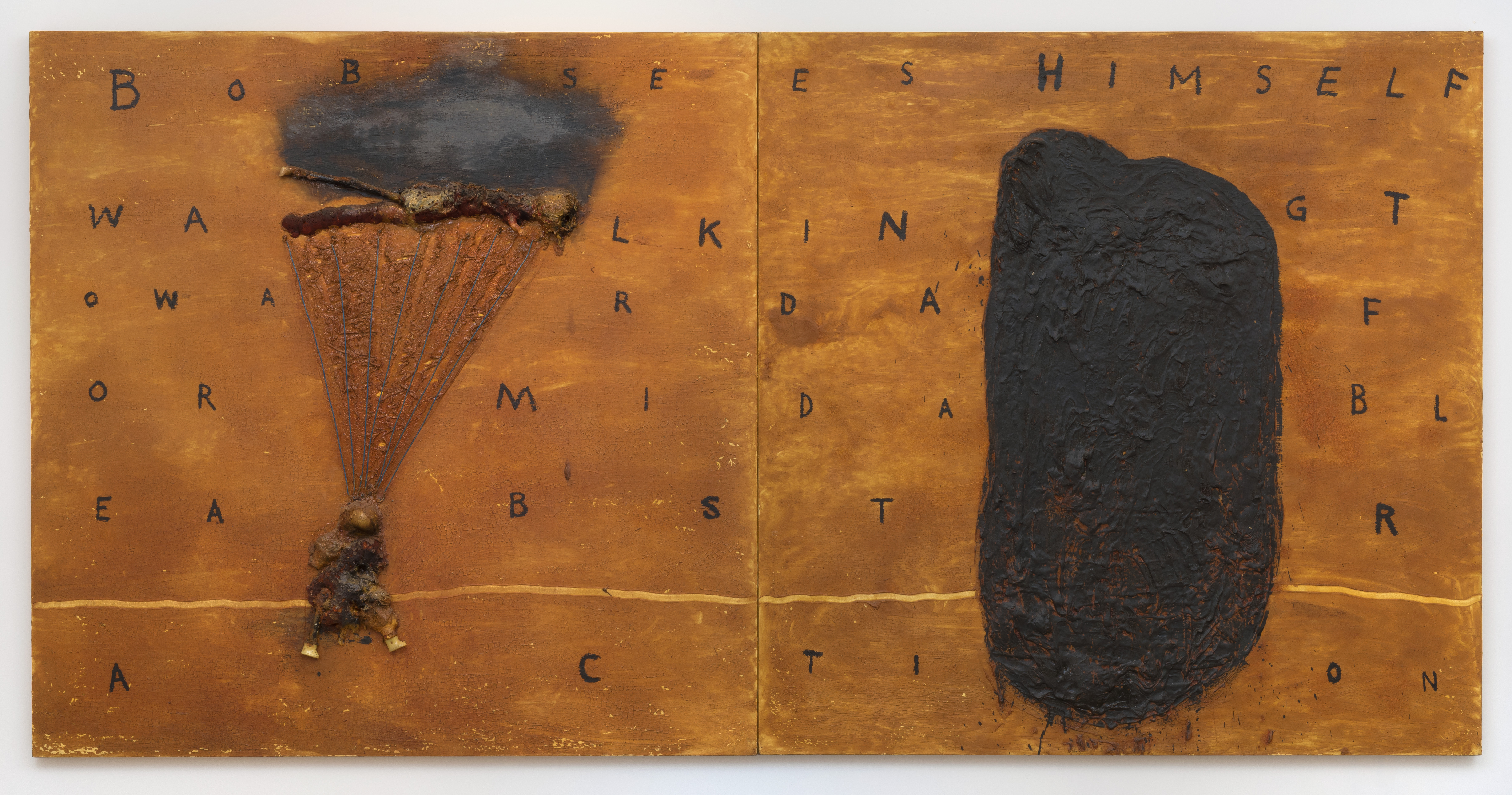
David Lynch, Bob Sees Himself Walking Toward A Formidable Abstraction, 2000, oil and mixed media on canvas, courtesy of the artist.
After years of relative silence since the release of Inland Empire, David Lynch has been in the spotlight for the better part of the last three years. Twin Peaks: The Return set things in motion. For the first time since the early 90s, Lynch was on the minds of the mainstream masses, not just his usual rabid cult fan base. For those of us always wishing more focus would be put on Lynch’s many artistic endeavors outside of film, this has been a dream come true. All things Twin Peaks are back in commercial production, Blue Velvet finally received its Criterion Collection debut, the long lost Thought Gang (Lynch and Badalamenti) album was released.
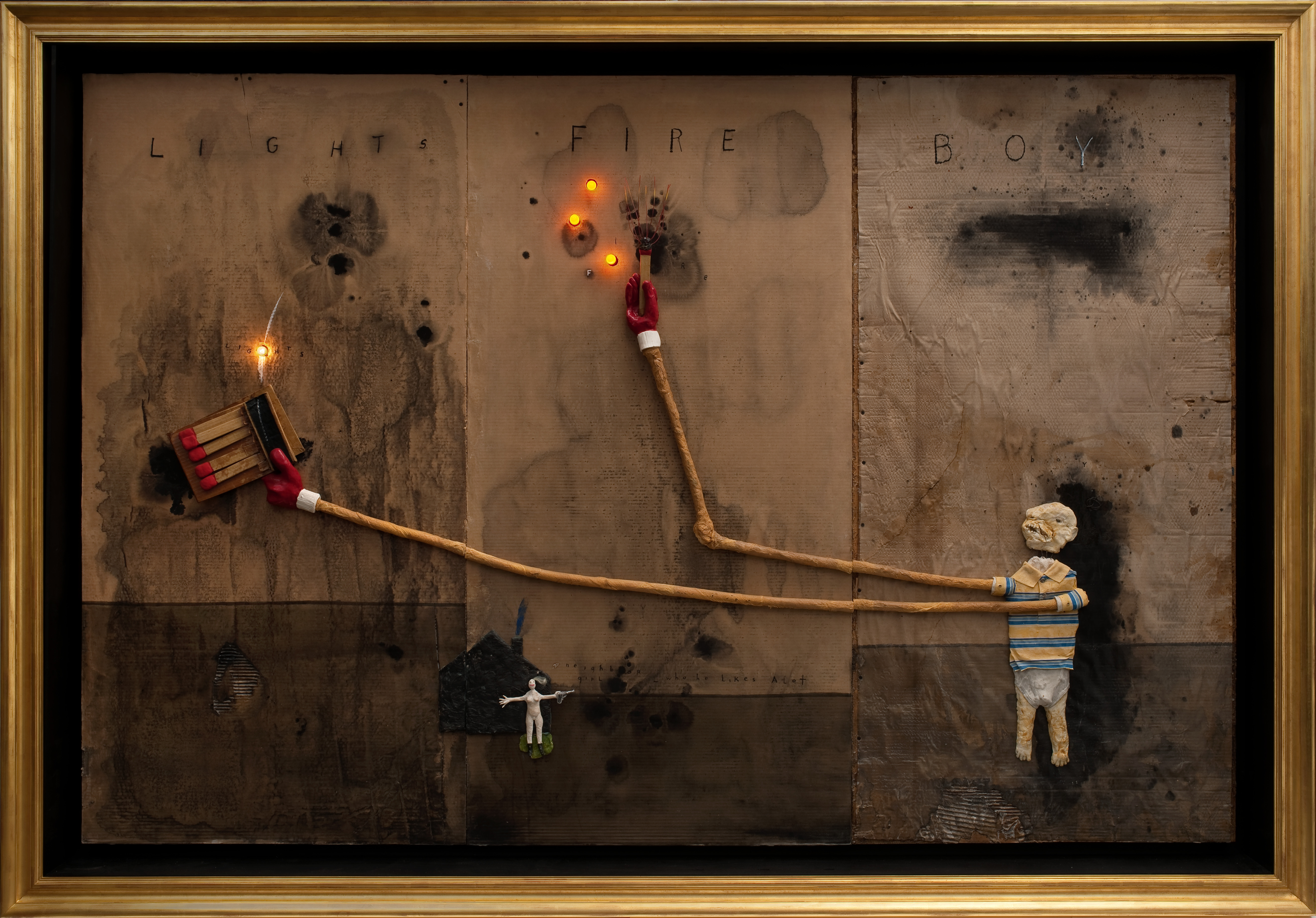
David Lynch, Boy Lights Fire, 2010, mixed media on cardboard, courtesy the artist. Collection Bonnefantenmuseum
In the realm of books, we’ve also been fortunate. Nudes, reviewed by us, was released in late 2017. A 240 page art book packed with nude photography of women taken by David Lynch. That was followed by the semi-autobiography Room To Dream, also reviewed here. Now, 2019 is starting off with another huge art book featuring the works of David Lynch.
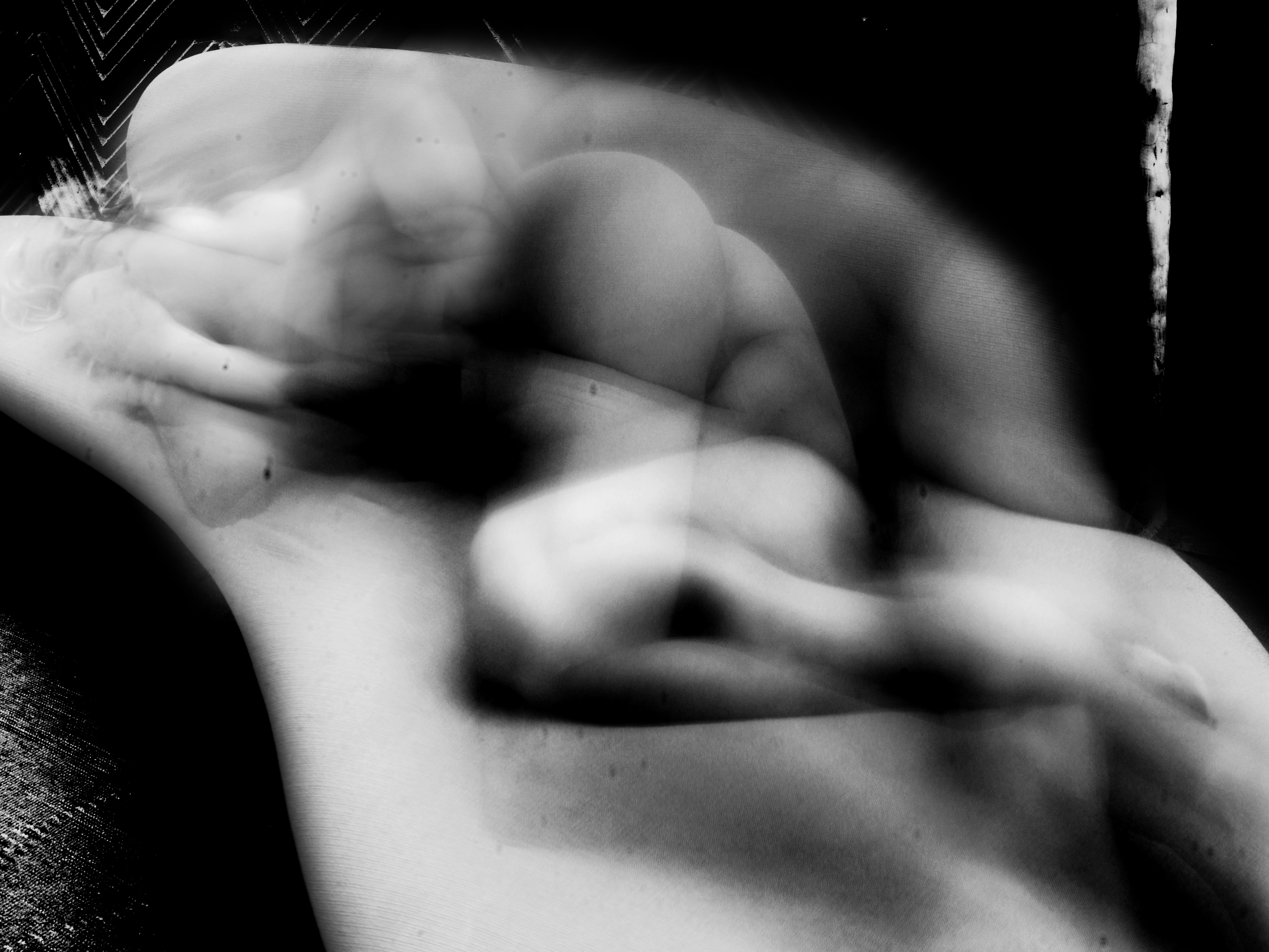
David Lynch, Couch Series #9, 2008, digigraphie, courtesy the artist and Galerie Karl Pfefferle, Munich
Someone Is In My House is the companion book to the currently running exhibition of the same name in the Bonnefantenmuseum in Maastricht, Netherlands. The exhibition will be running through 28 April 2019! Someone Is In My House showcases a multi-media selection of works, spanning the last fifty years. There is everything from pencil and pen sketches on torn out sheets of paper and collections of matchbook sketches to photography from ventures which would lead to the books and exhibitions of The Factory Photographs and Nudes.
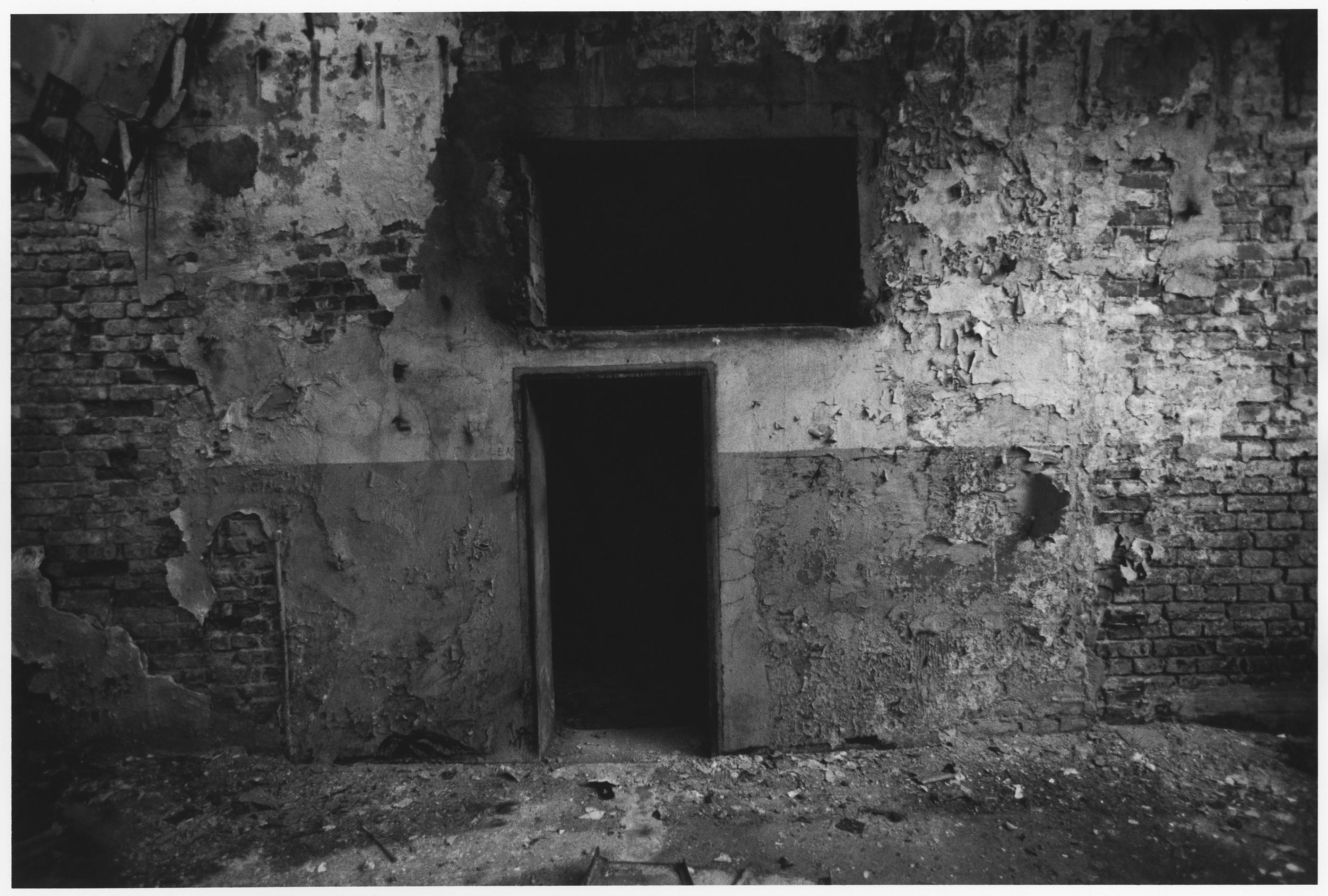
David Lynch, untitled (Lodz), 2000, archival pigment print, courtesy the artist.
Someone Is In My House will be indispensable to the avid Lynch collector, but this book truly shines as an introduction to Lynch’s various art forms. Whereas books like the aforementioned The Factory Photographs and Nudes are straightforward art books, filled front to back with full-page photography, Someone Is In My House has a good bit more text, along with the large and beautiful images! We are given much more context for many of the included pieces. The various writers give us a bit of Lynch’s history to go with the images, as well as a number of examples from famous artists in history as comparison/contrast. Those familiar with Lynch’s history will find a handful of interesting details to be gathered, but these chapters/articles will prove highly useful to the reader that is only familiar with Lynch through film/television.
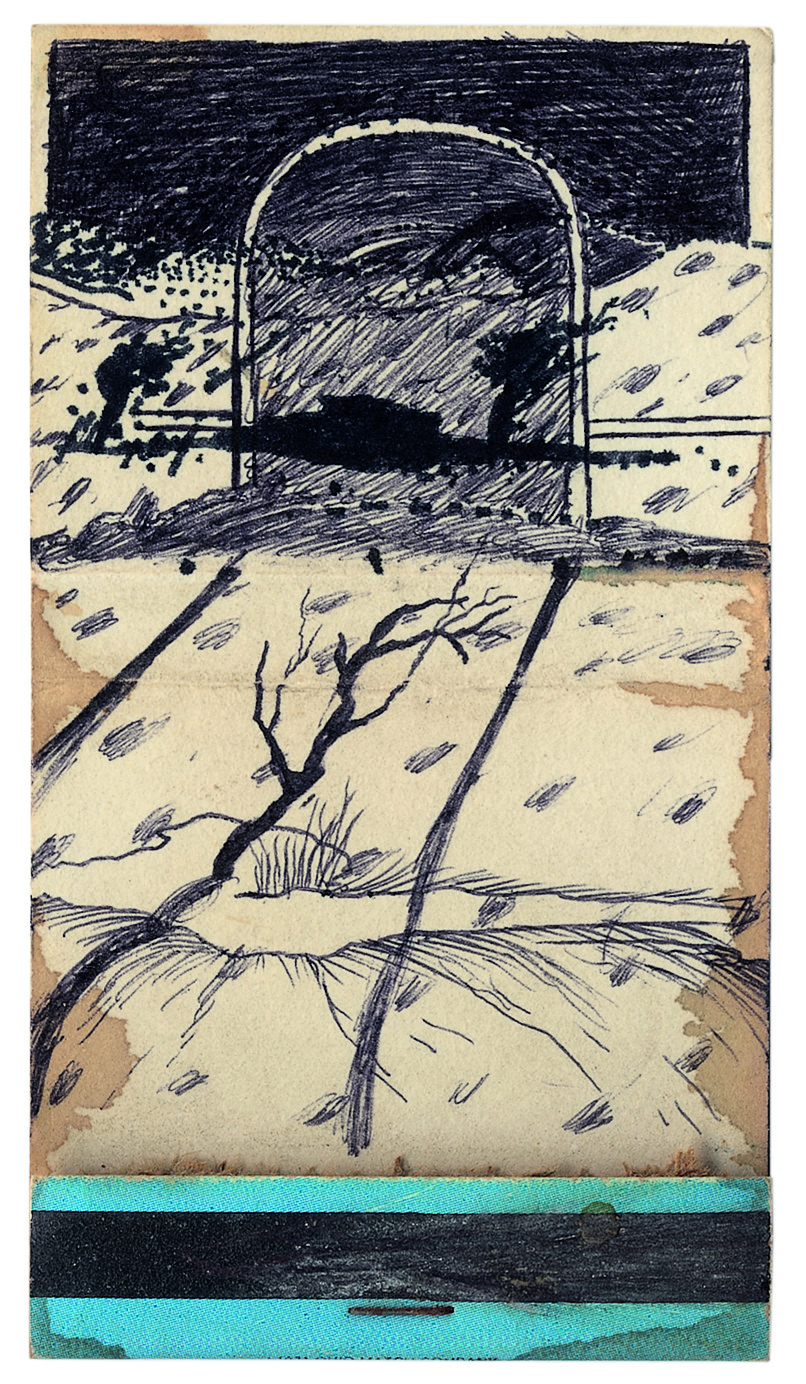
But there is plenty to attract the die-hards. The vast section “Works on Paper” is worth the price itself. Page after page of sketches, doodles, and an impressive number of lithographs give us one of the deepest views into Lynch’s subconscious yet. The matchbook collection, which I’ve heard about many times before, is presented here as well. Particularly as I gazed at these matchbooks for extended periods of time, I realized I’d be happier at my desk with this book and a cup of coffee than I would be seeing the matchbooks in person. Each stroke of Lynch’s ball-point pen seems to lead off into another universe yet to be uncovered.
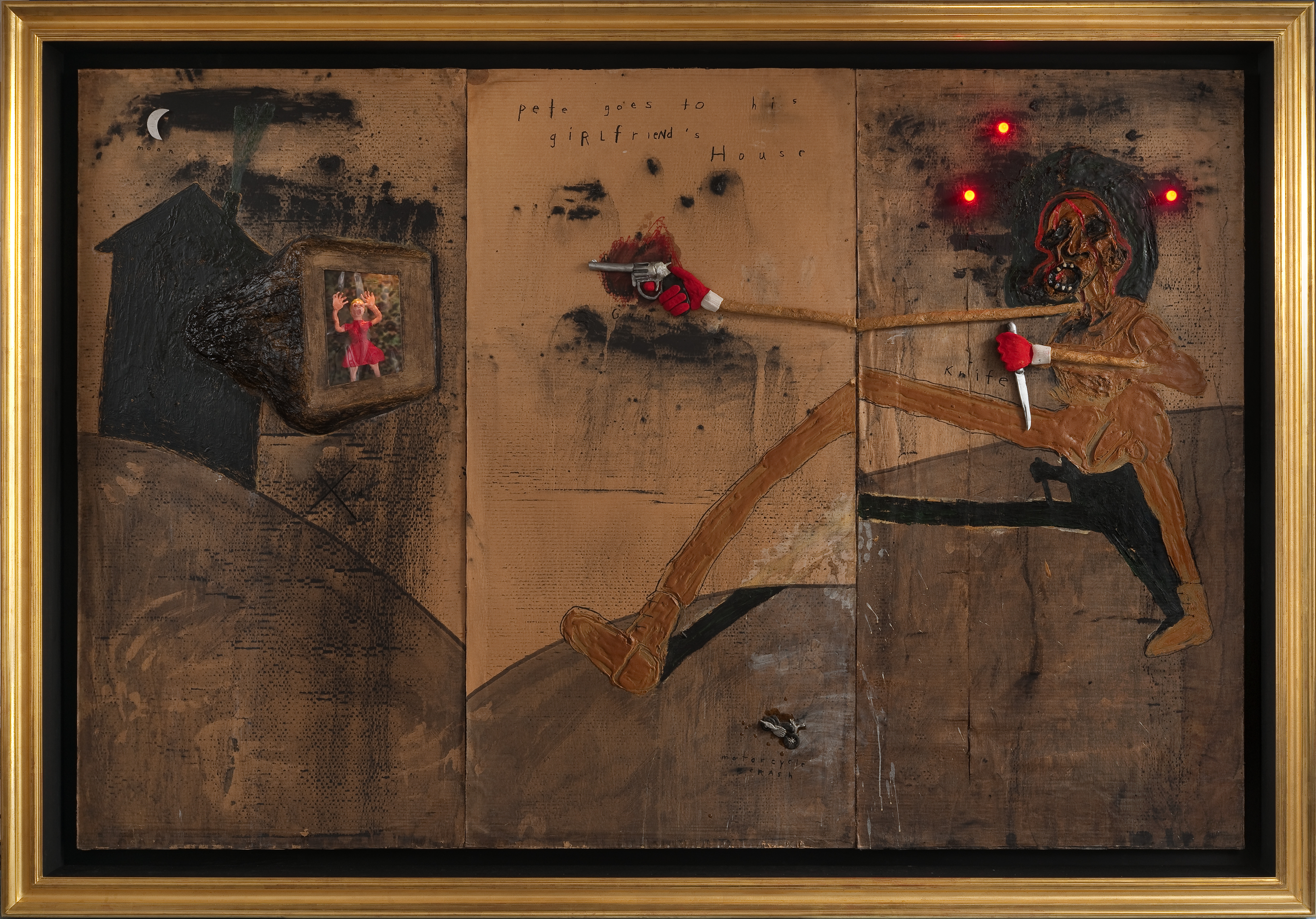
David Lynch, Pete Goes To His Girlfriend’s House, 2009, mixed media on cardboard, courtesy the artist.
Paintings/Mixed Media is the other largest section of the book. This section would also be worth the money on its own. We are finally able to sit and gaze upon so many of these strange works that have been mentioned, or shown in passing in a documentary. Incredible pieces like “Bob’s Second Dream” are shown in full, but also have a close-up where you can study the writing and textures. Extracting meaning from the letters/words oddly strewn throughout many of these images can be an exercise in itself. Some of these works, which I’ve not enjoyed as much as others in the past, have given me the opportunity to gaze upon them in context, among other connected works, and a new appreciation for them has been sparked.
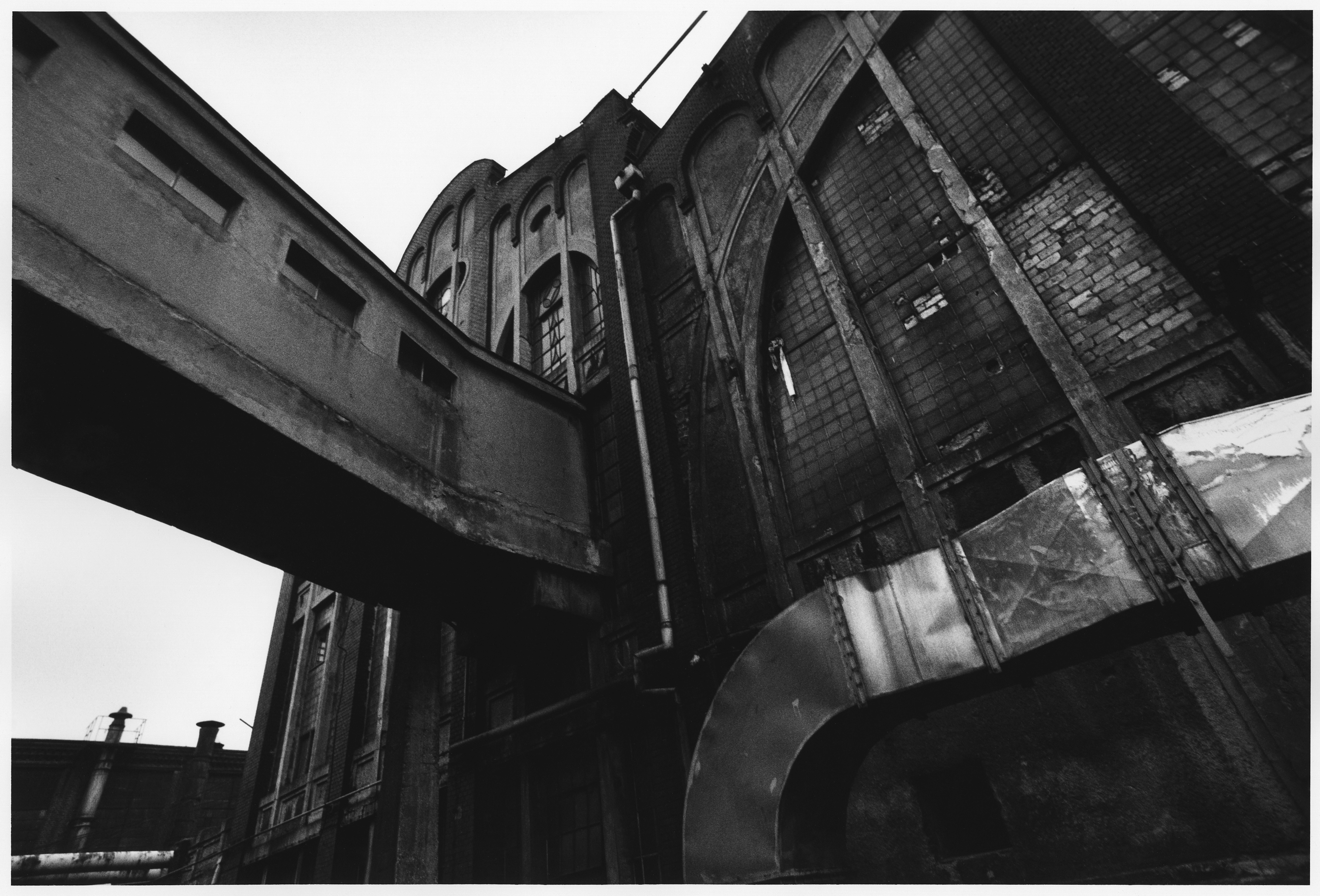
David Lynch, untitled (Lodz), 2000, archival pigment print, courtesy the artist .
The photography section is quite small, which isn’t surprising as Lynch’s photography has been presented to the public in books more than his paintings. But it still manages to feature some wonderful highlights, like the notorious “Chicken Kit” and “Fish Kit”. The “Chicken Kit” in particular shares disturbingly equal portions of humor and horror. There are also selections from the Factory and Nude photo collections, to give readers a taste of what they can expect in those books (the selections in this book appear to be exclusive, not re-used from those other books).
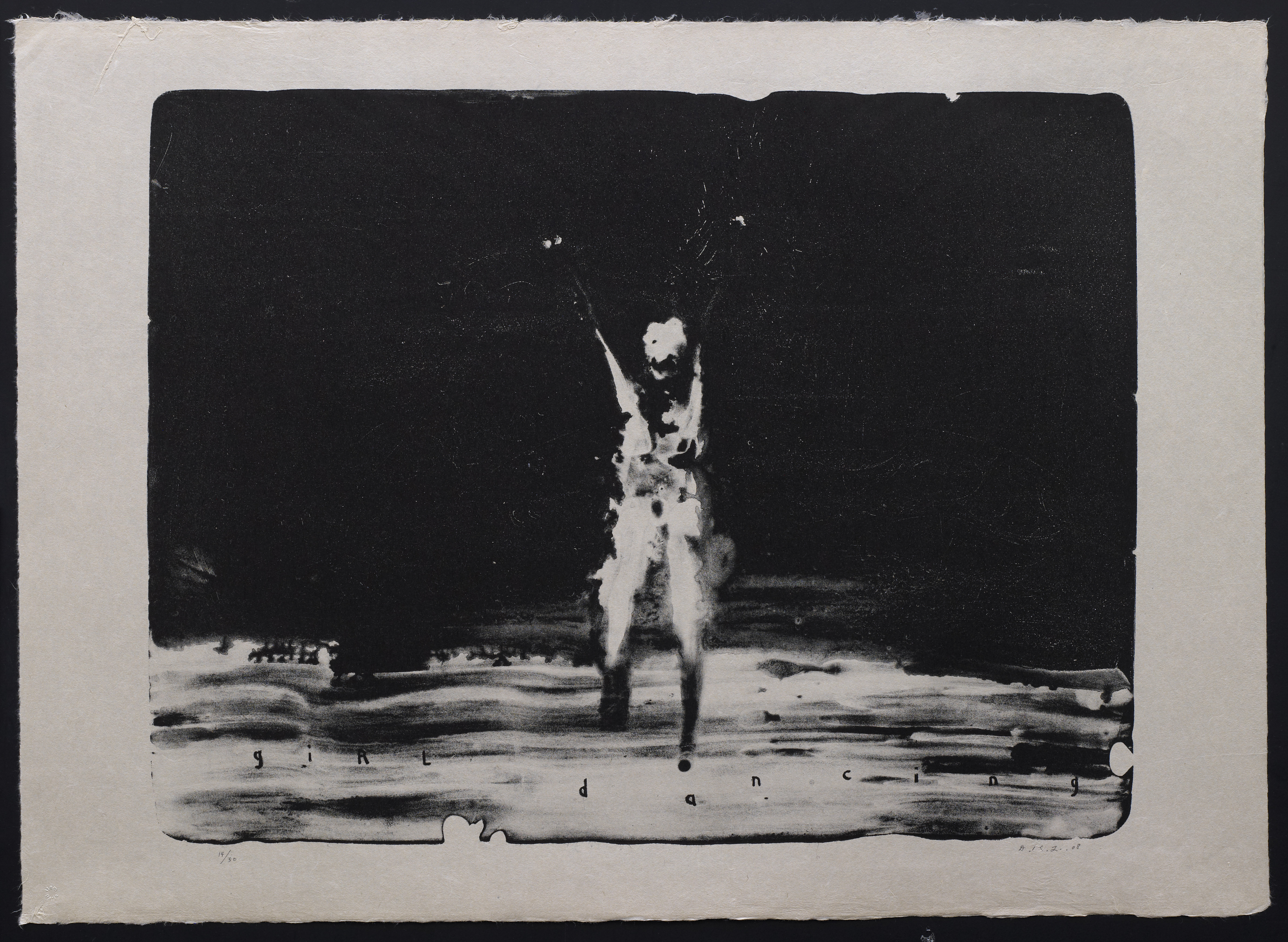
David Lynch, Girl Dancing, 2008, lithographie, courtesy the artist and Item Editions
The book is rounded out with a biography, further reading, selected exhibitions and selected filmography sections to help lead new Lynch fans off to discover more about this auteur.
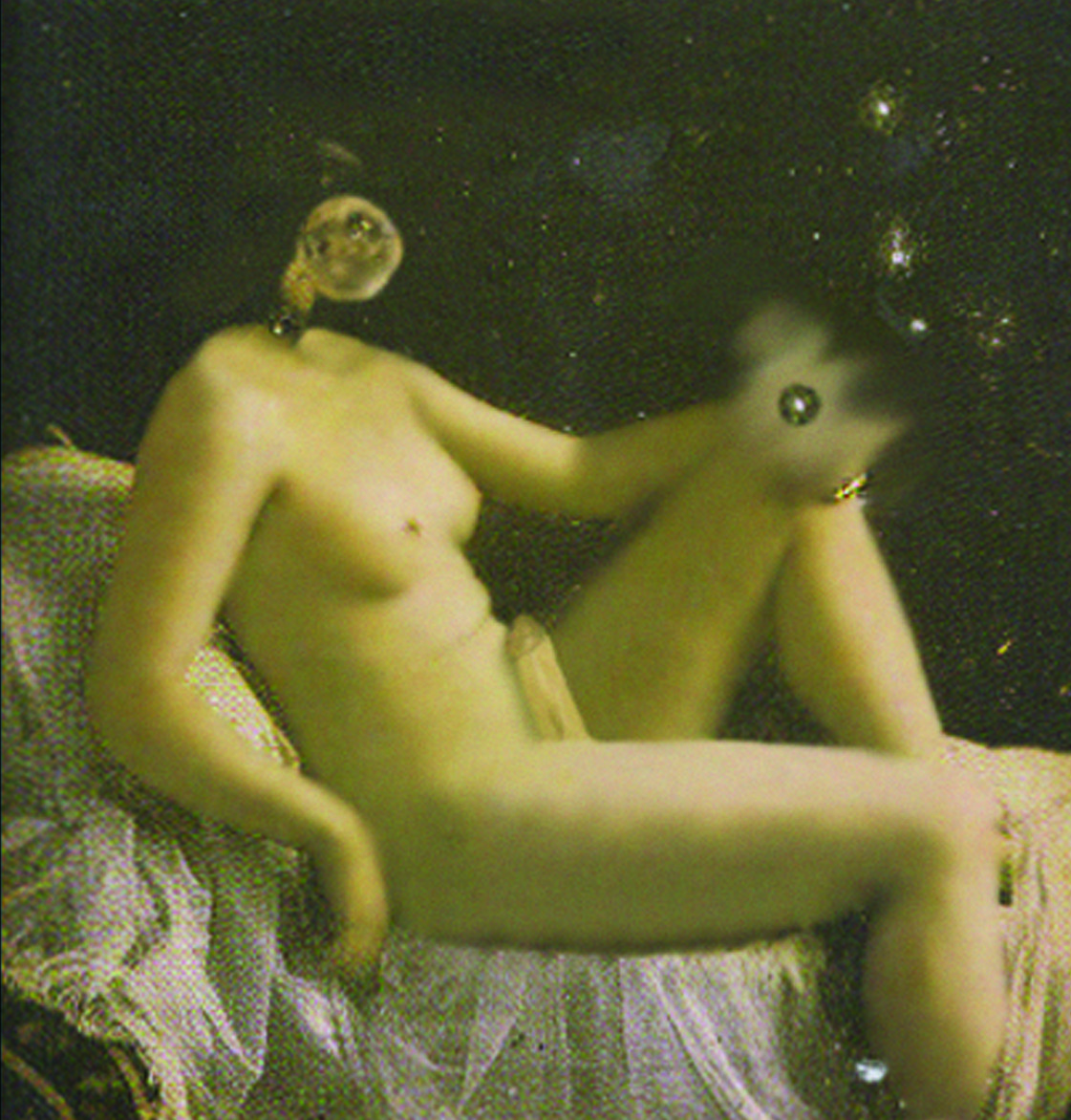
David Lynch, Distorted Nude #4, 1999, archival pigment print, courtesy the artist
At roughly 10″x12″ and over 300 pages, Prestel has crafted a physical manifestation of Someone Is In My House worthy of its artistic content. The sturdy hardcover edition has thick pages and the images don’t present too terribly much glare when reading under lamp light. I would highly recommend this to the avid Lynch fan who already has a few of the other art books, or to the newcomer to Lynch’s art-life outside his film-directing career.
Written by: Michael Barnett


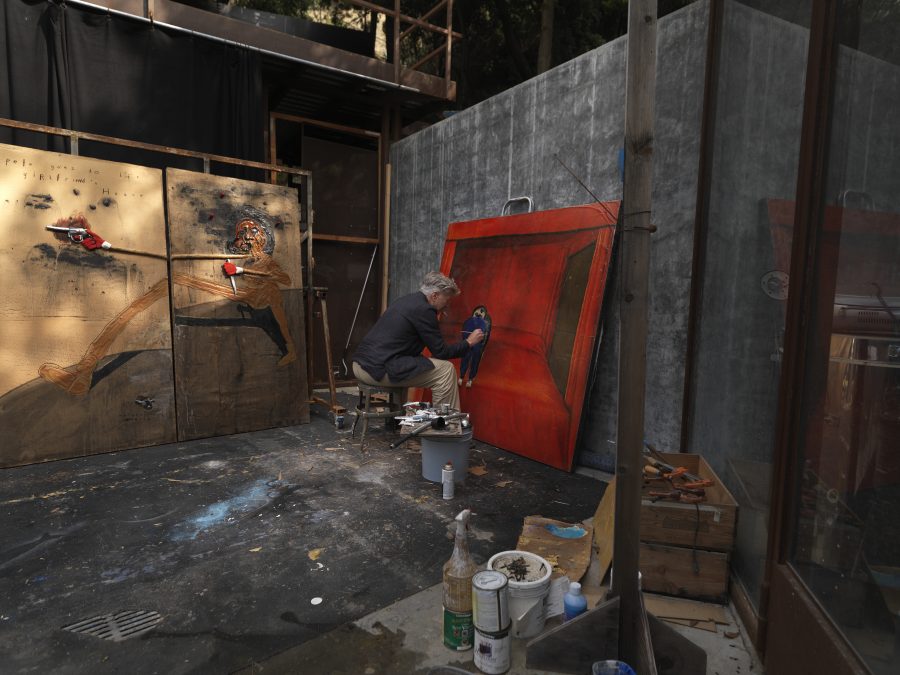

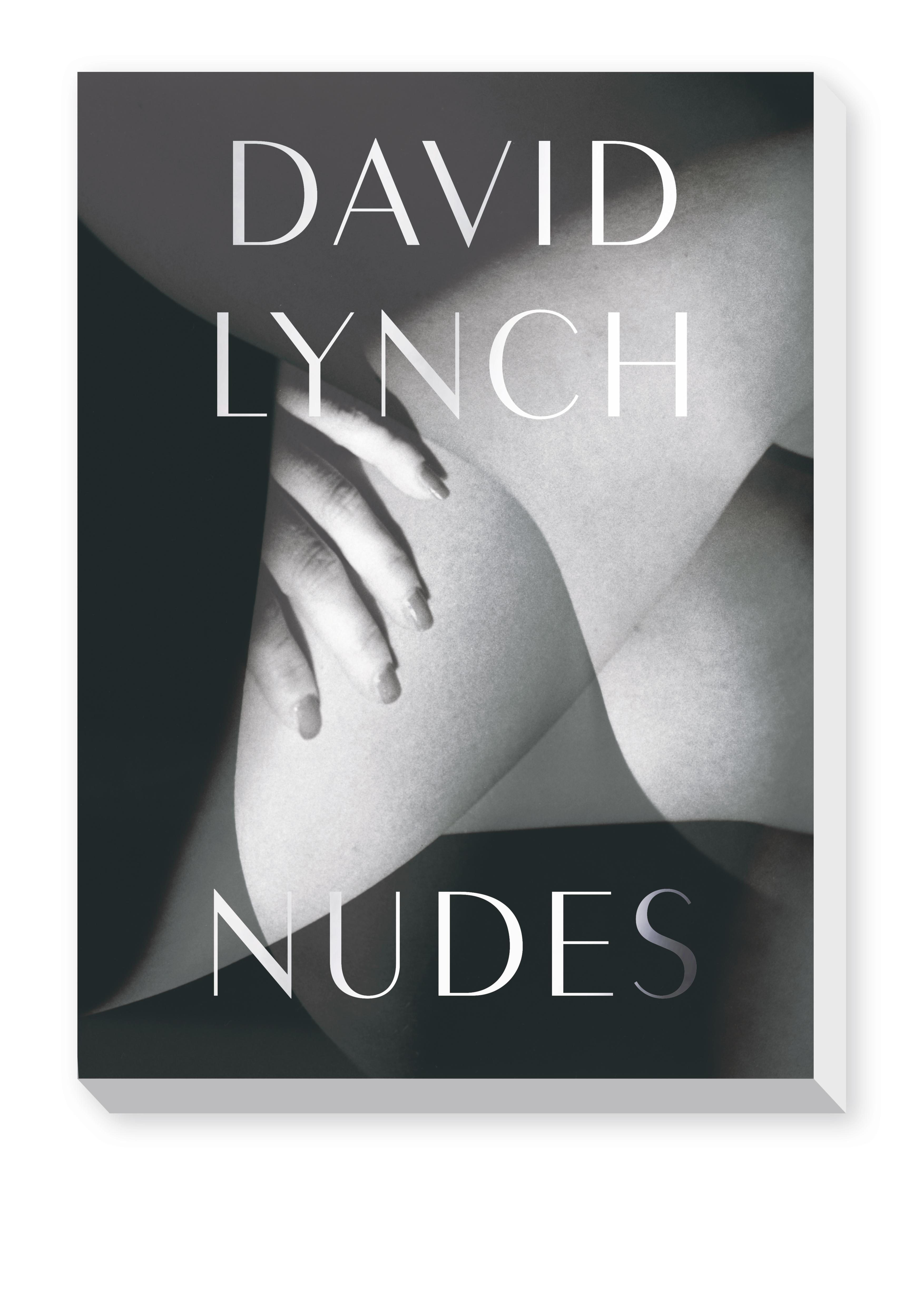
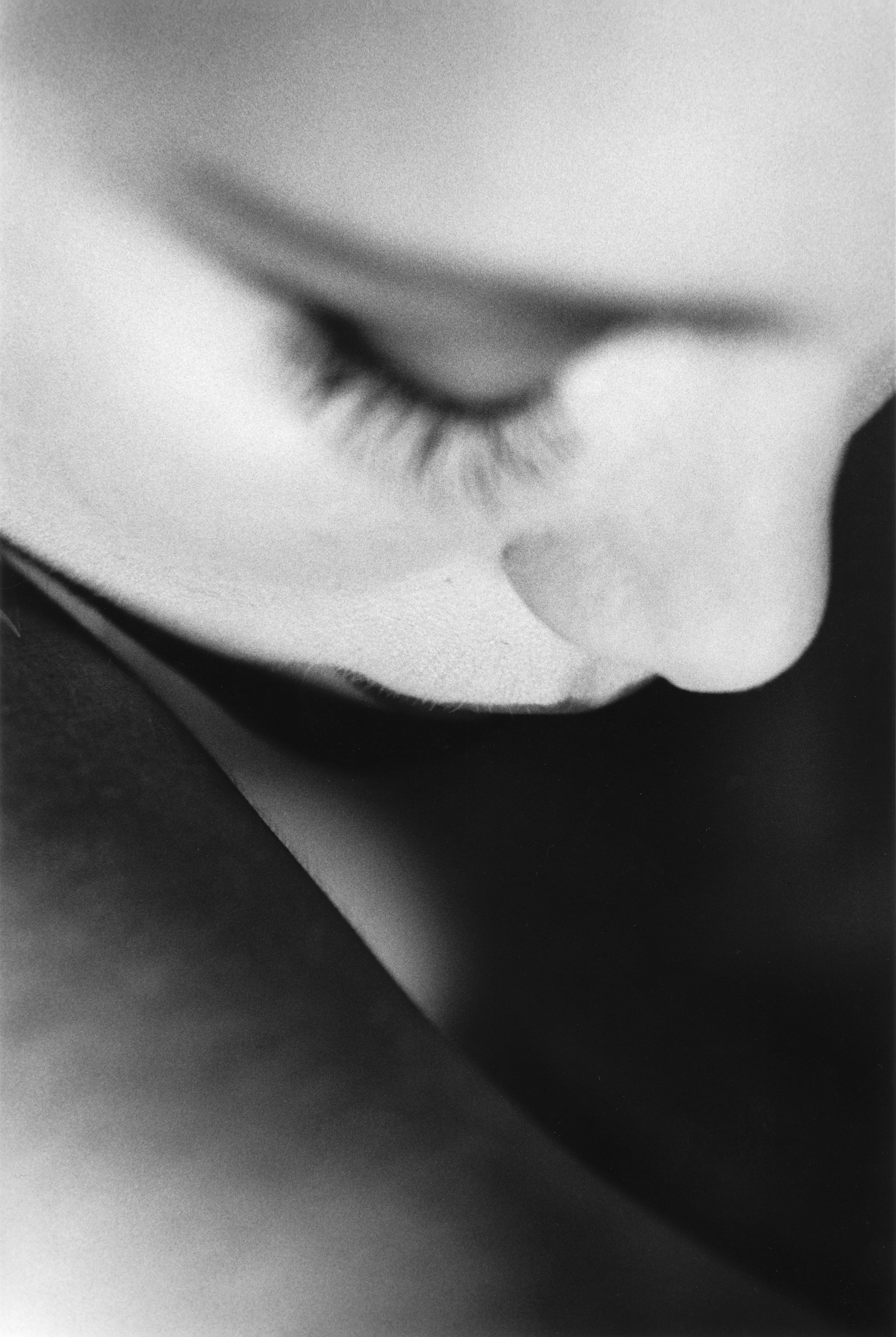



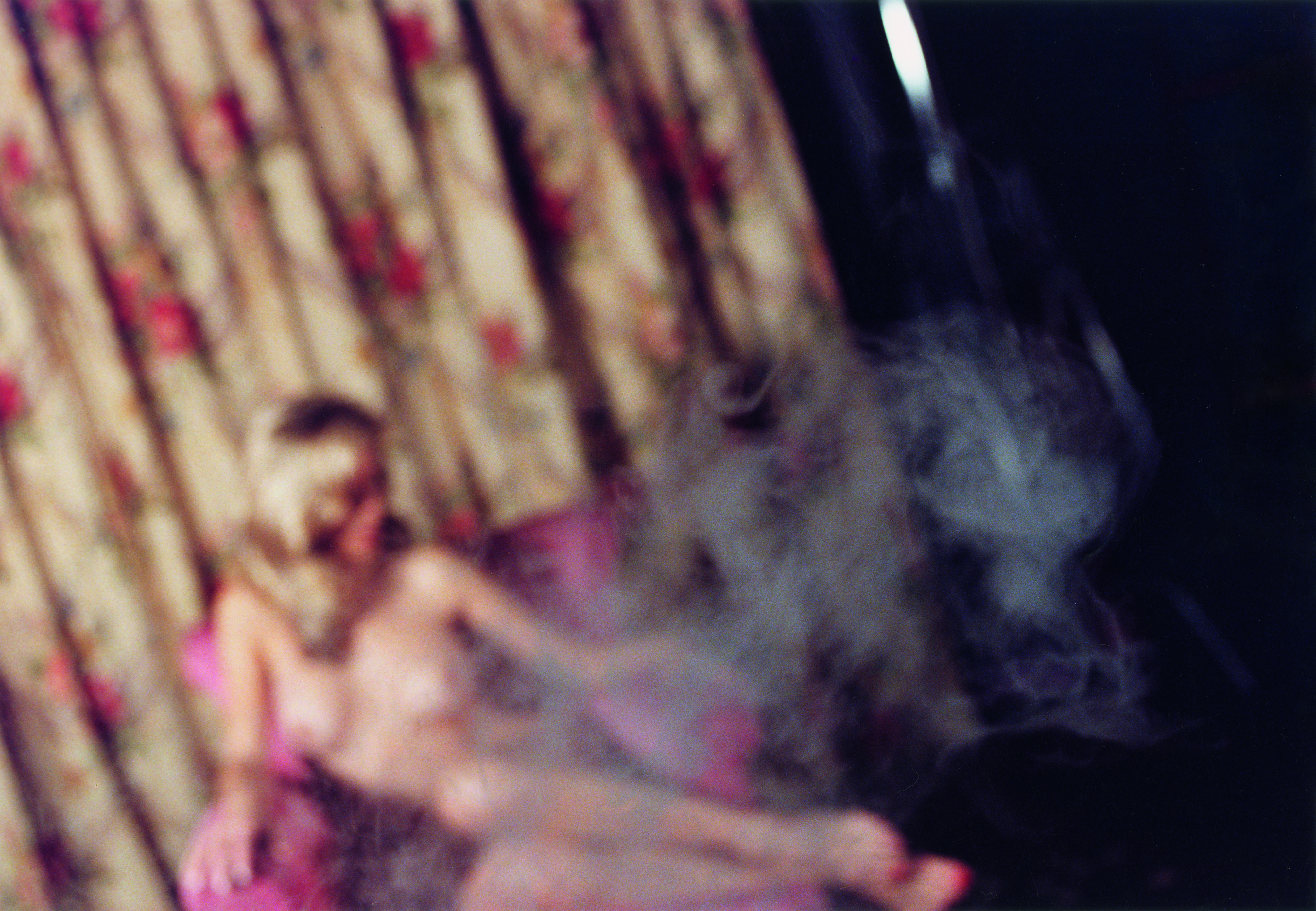


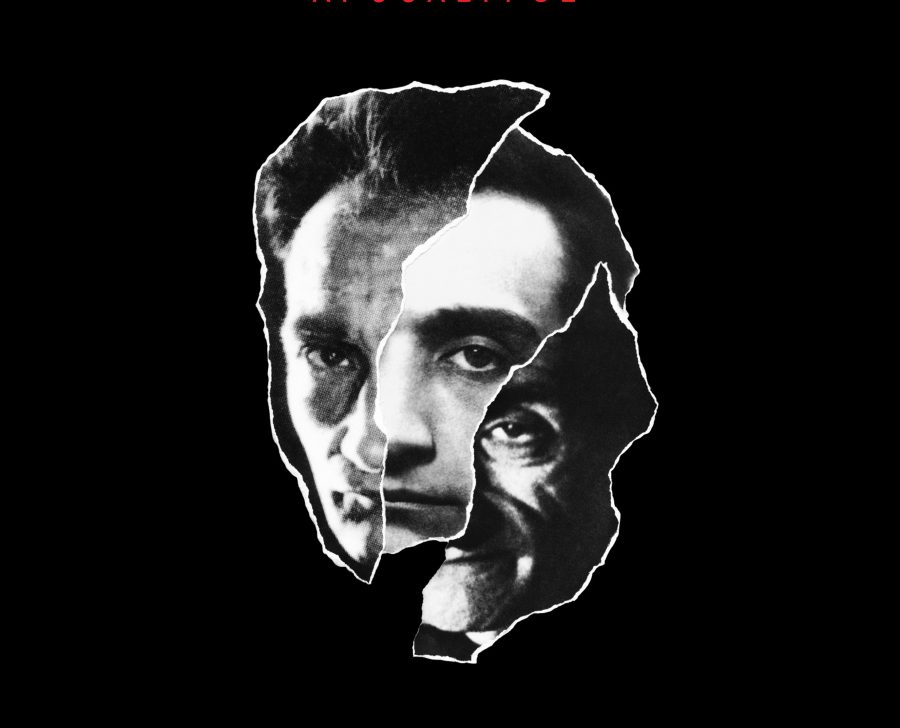
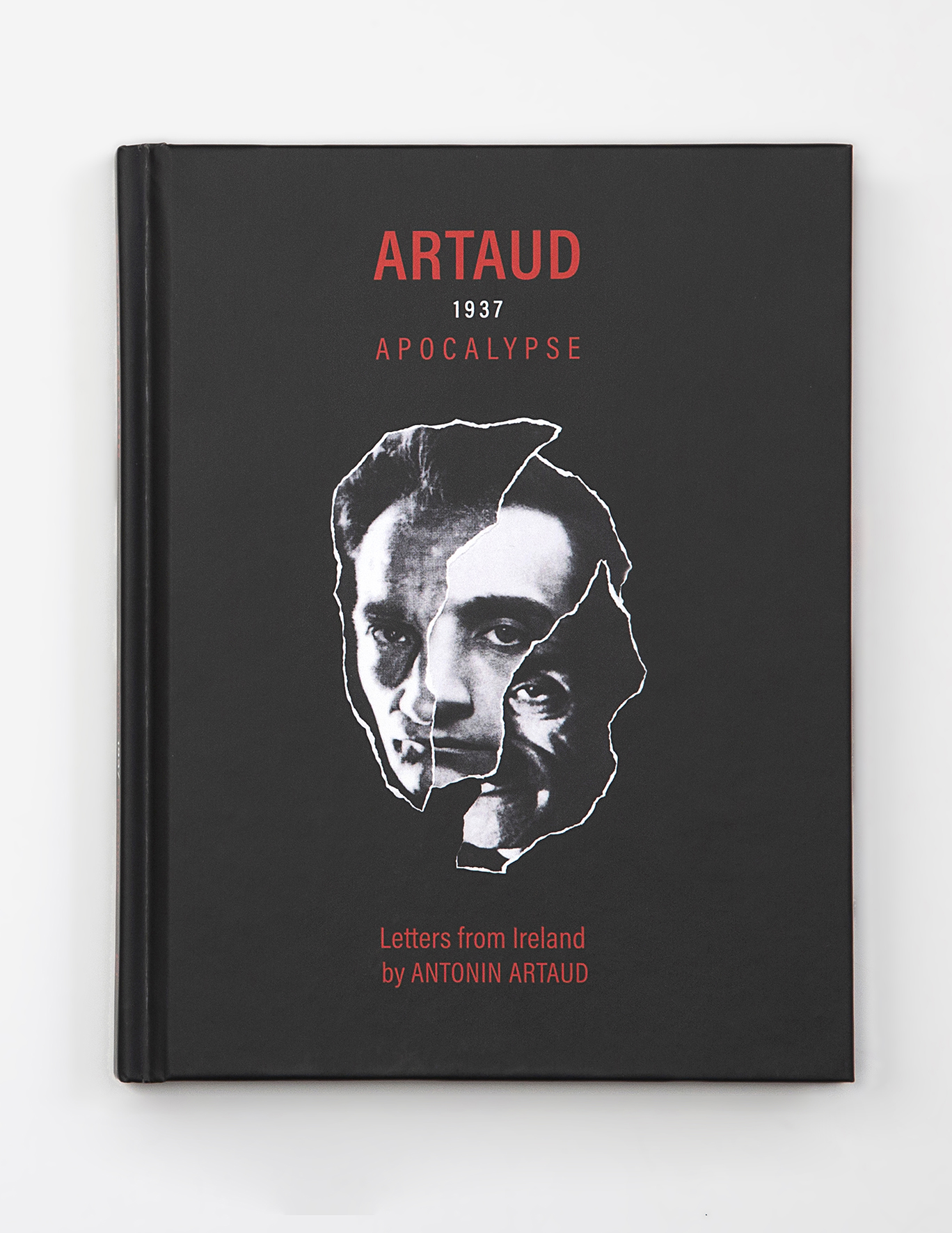
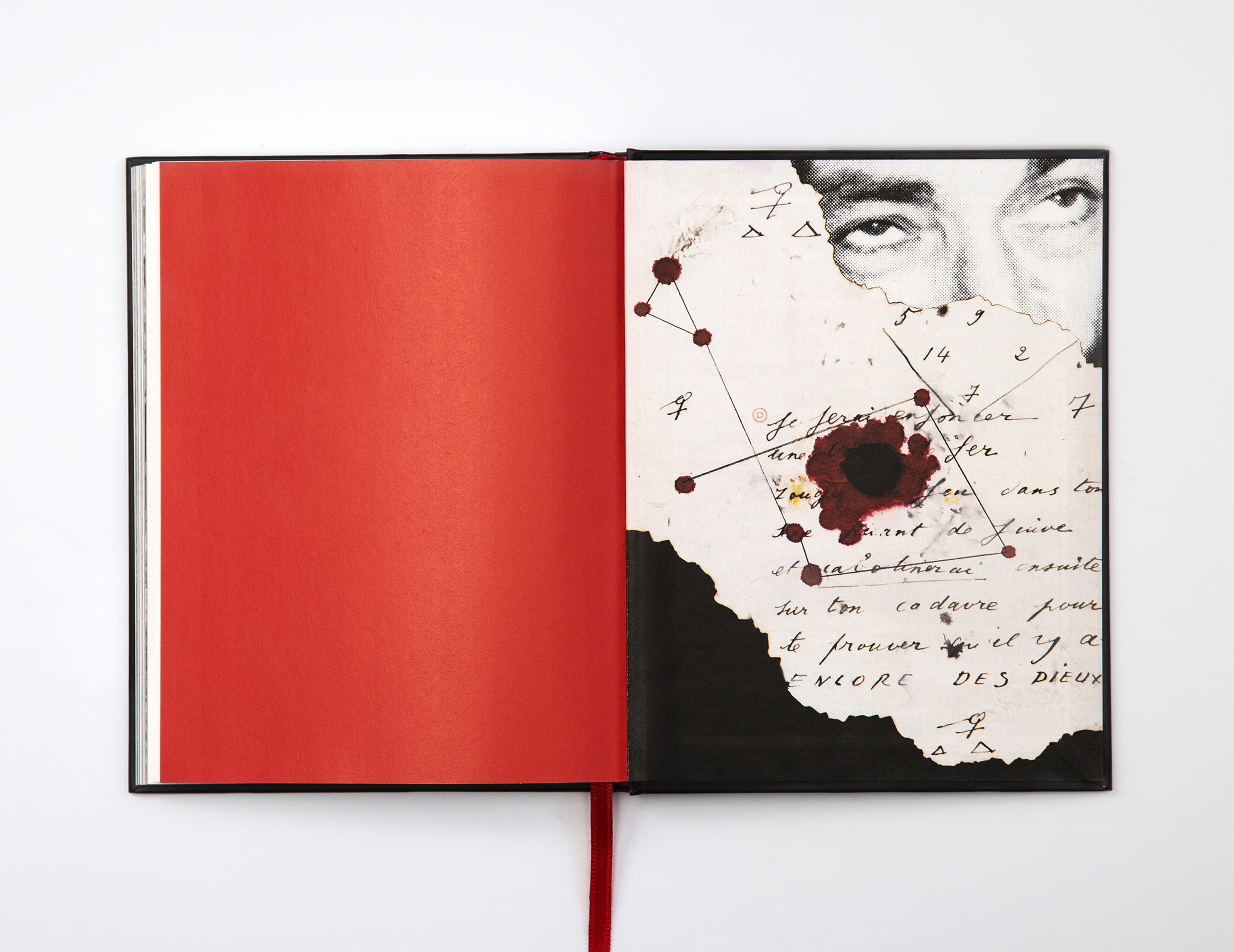
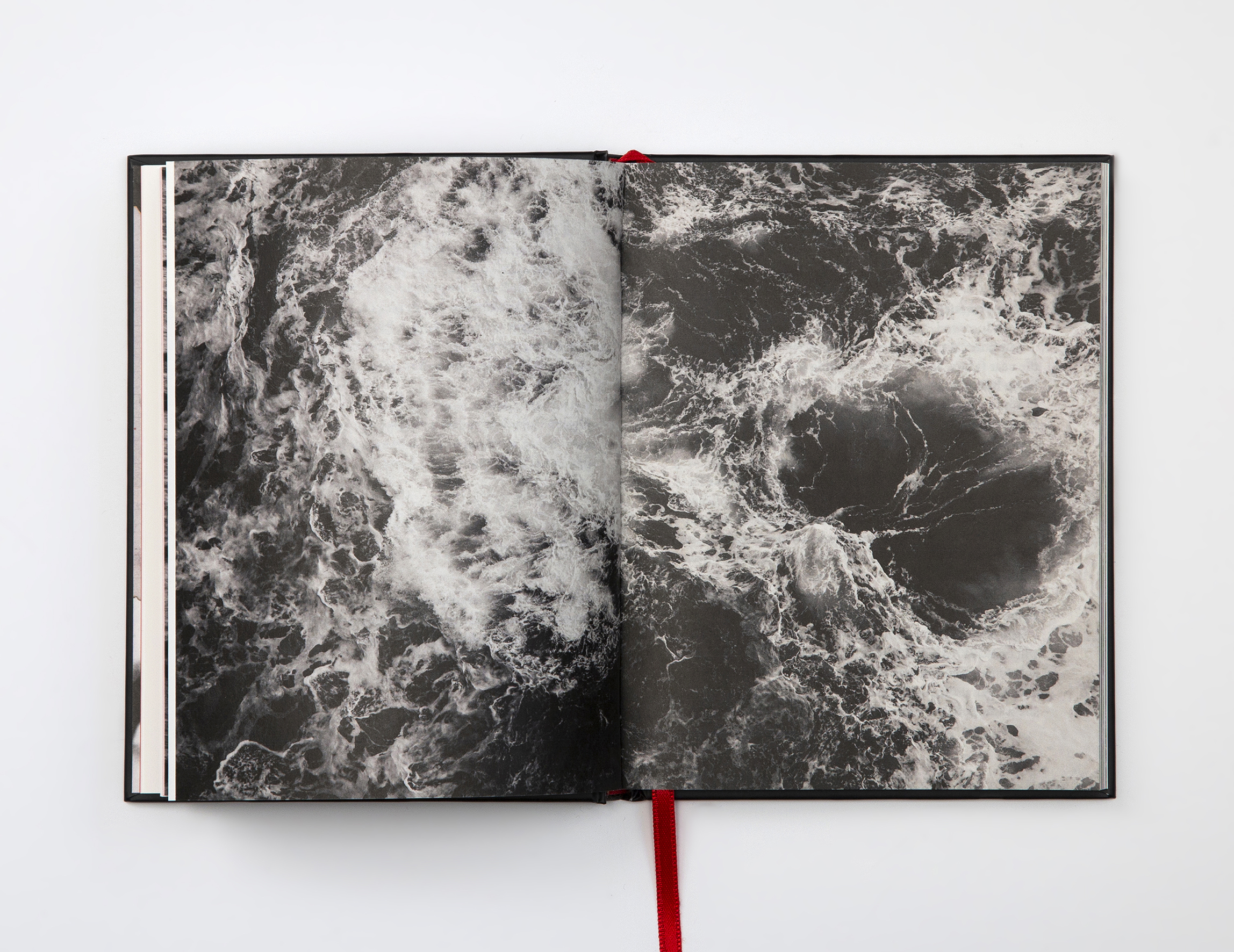
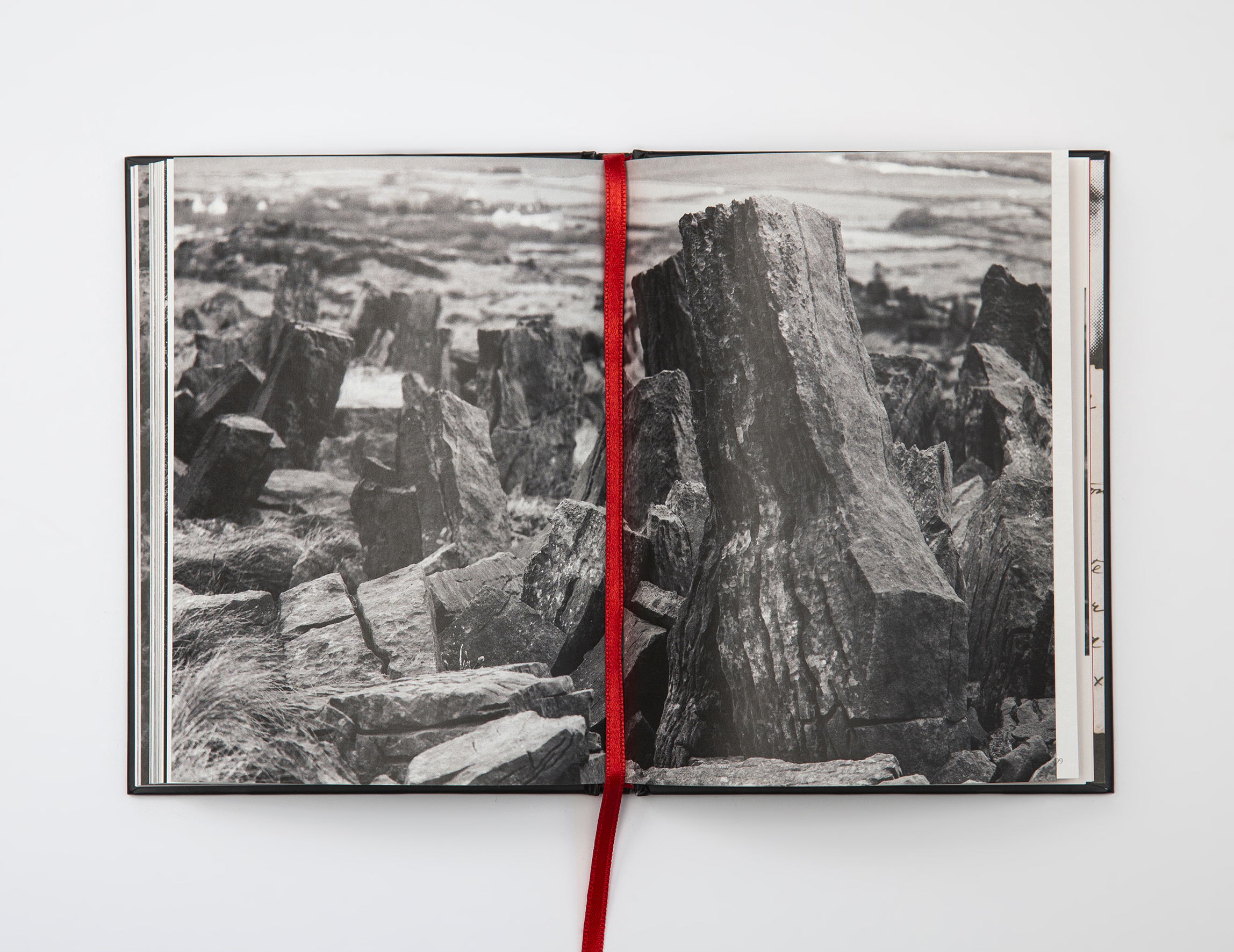
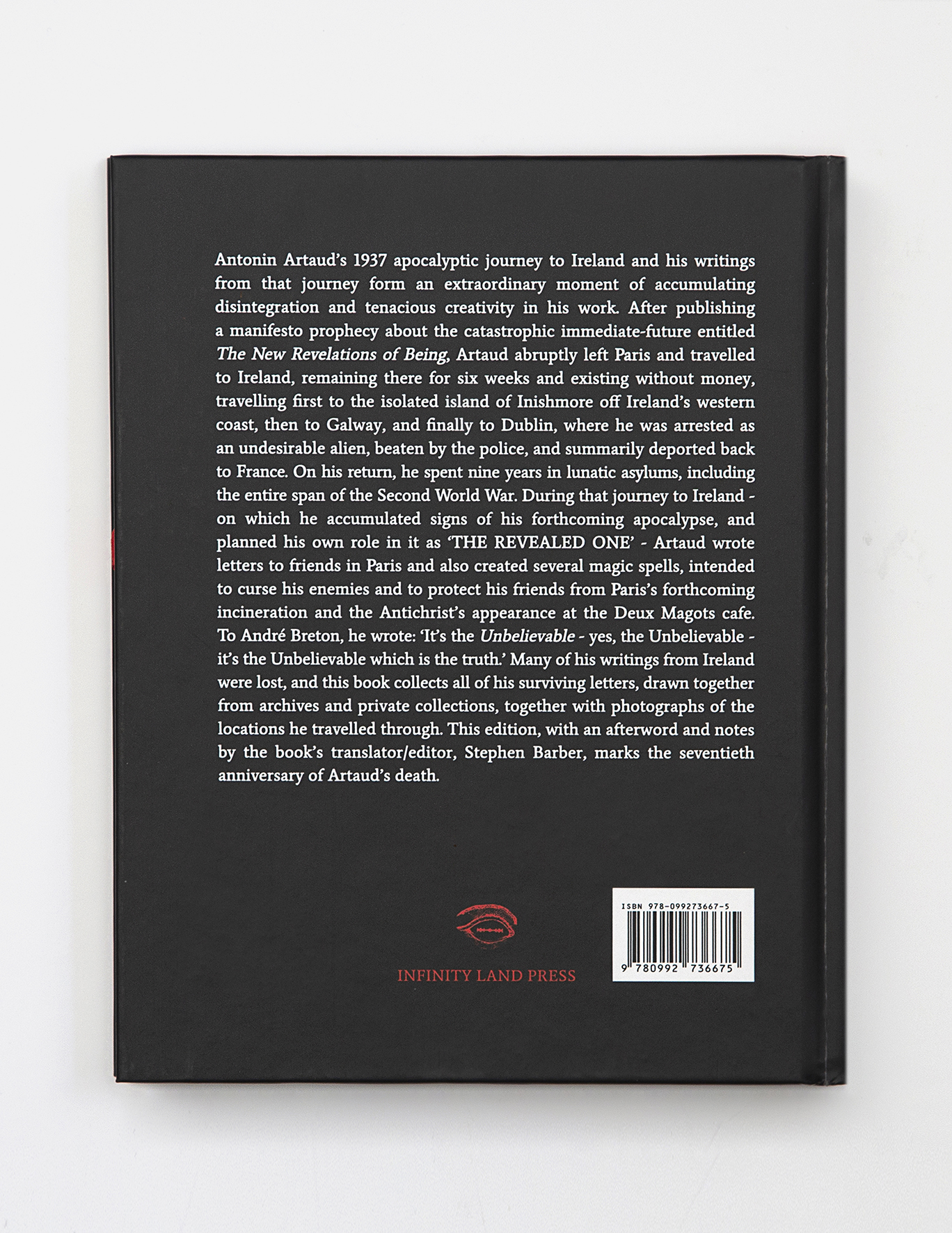
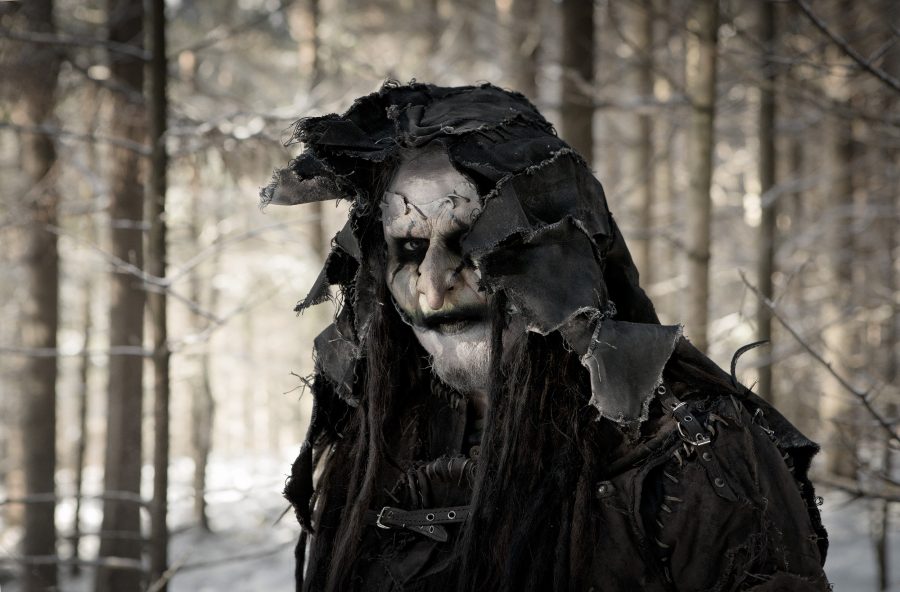
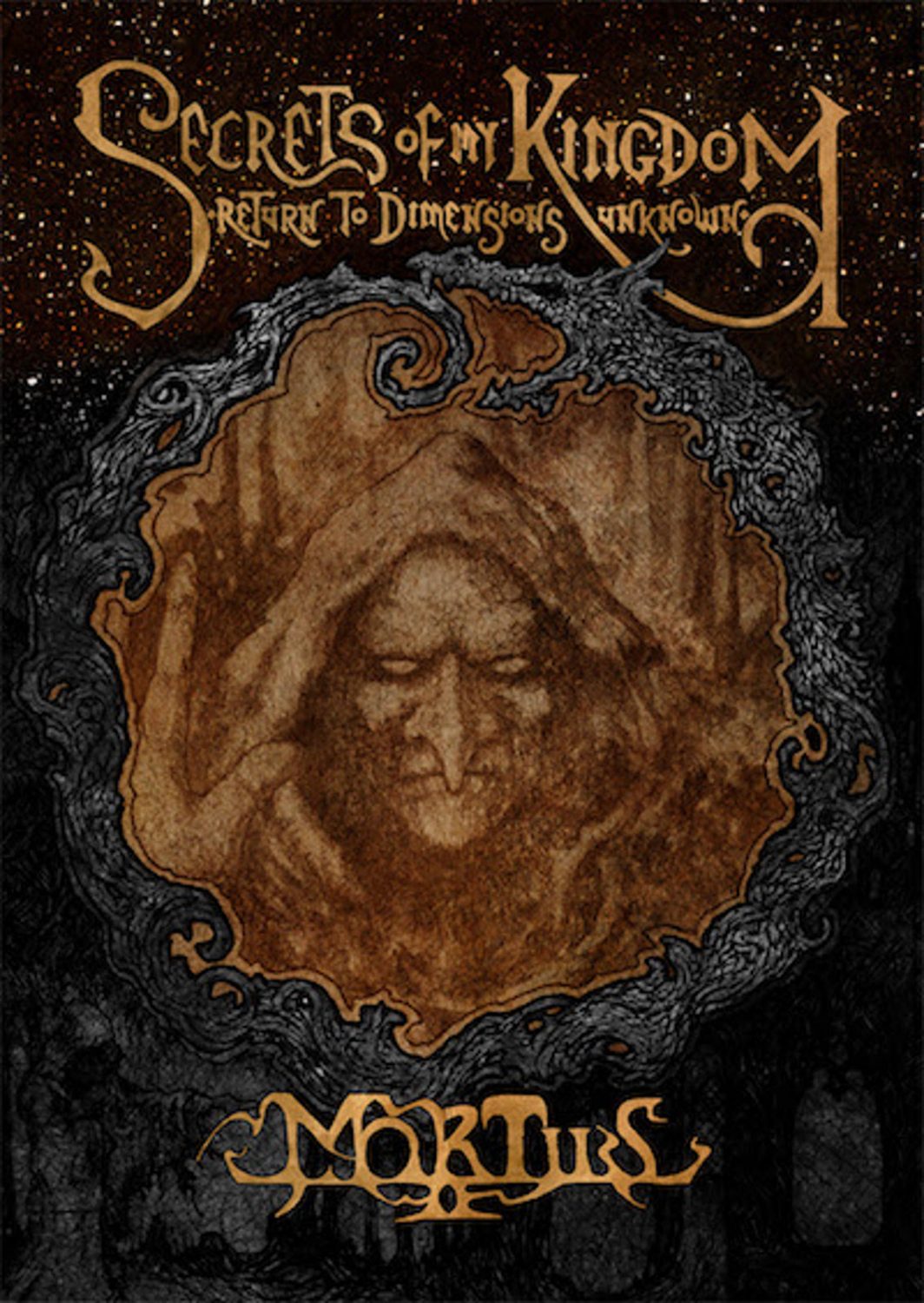
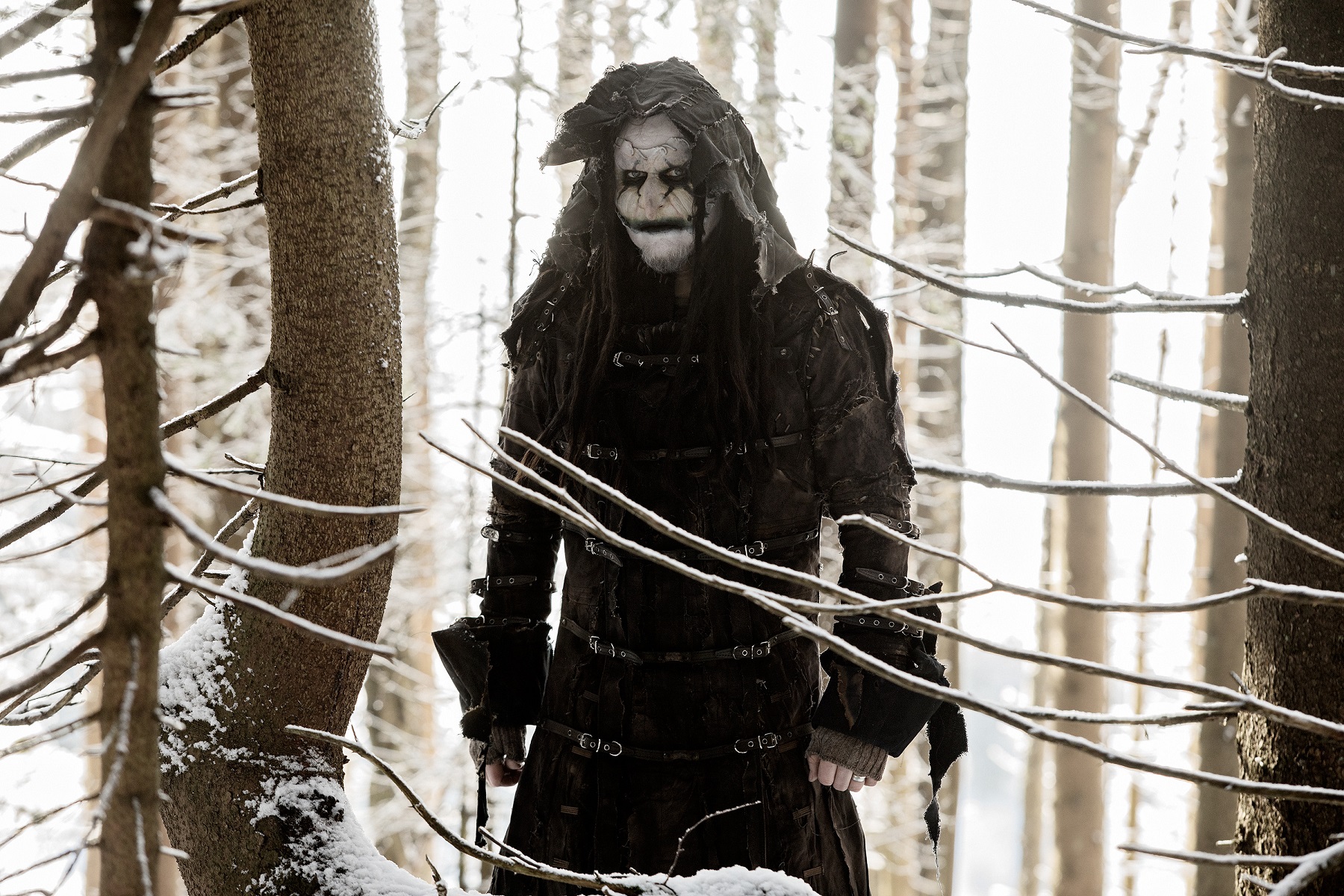
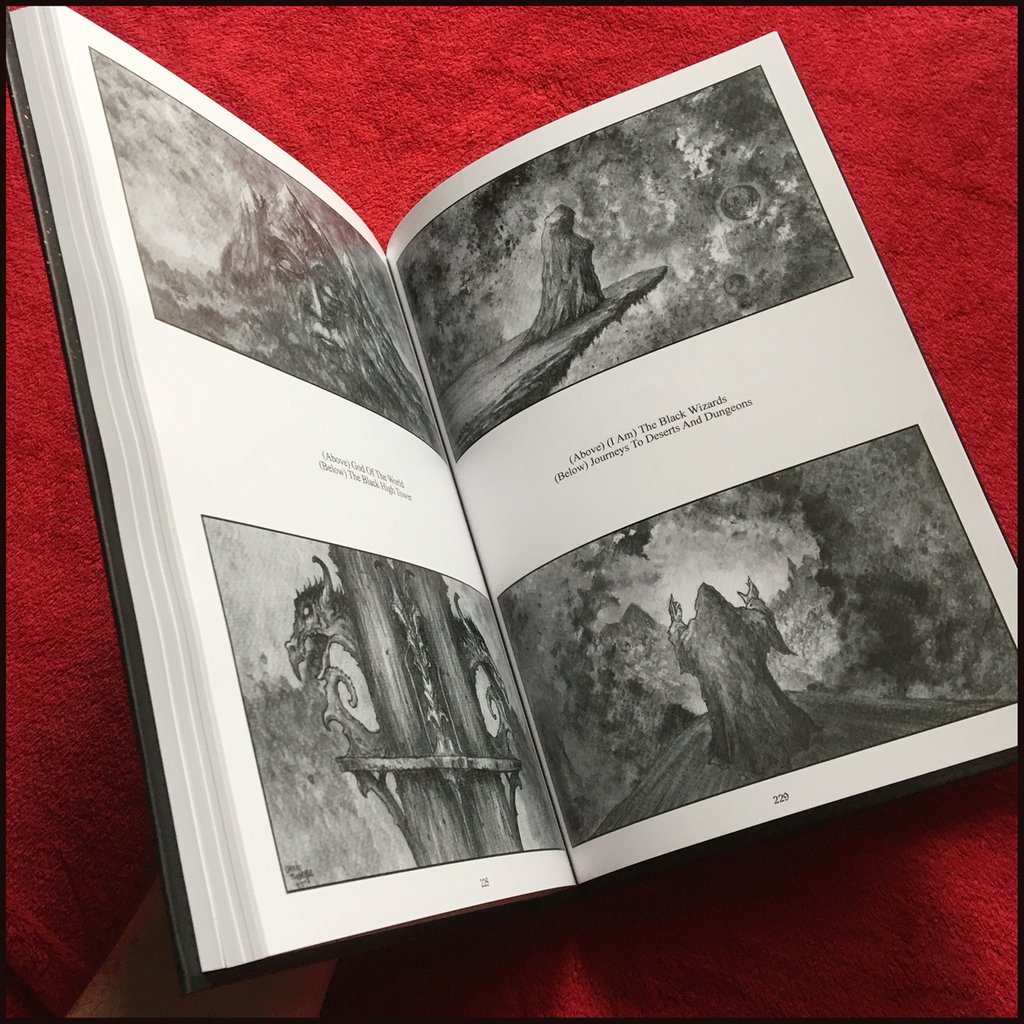
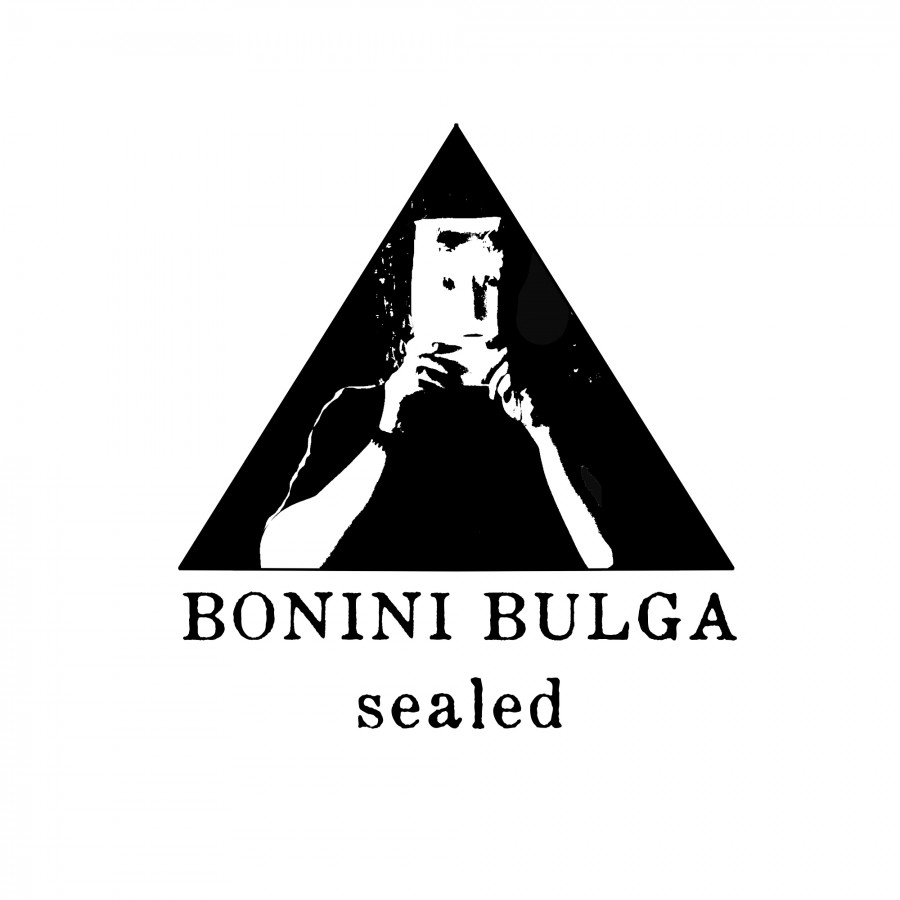
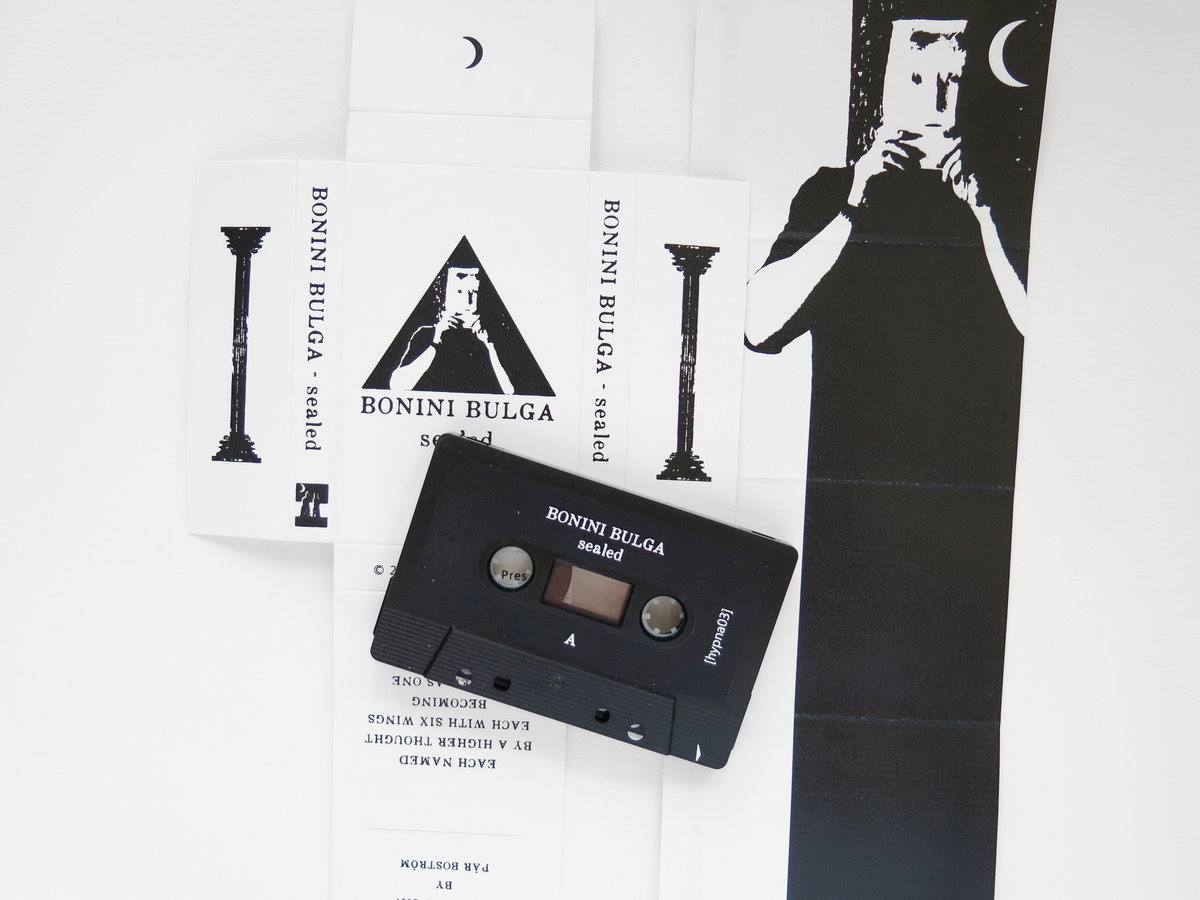 If this introduction to the works of Pär Boström seems a bit dizzying, it is understandable, as he has literally exploded with creativity over the last few years. But for those of us that are huge fans of his sparse but fantastic output over the last 15+/- years, this new spurt of energy and output is nothing short of a revelation.
If this introduction to the works of Pär Boström seems a bit dizzying, it is understandable, as he has literally exploded with creativity over the last few years. But for those of us that are huge fans of his sparse but fantastic output over the last 15+/- years, this new spurt of energy and output is nothing short of a revelation.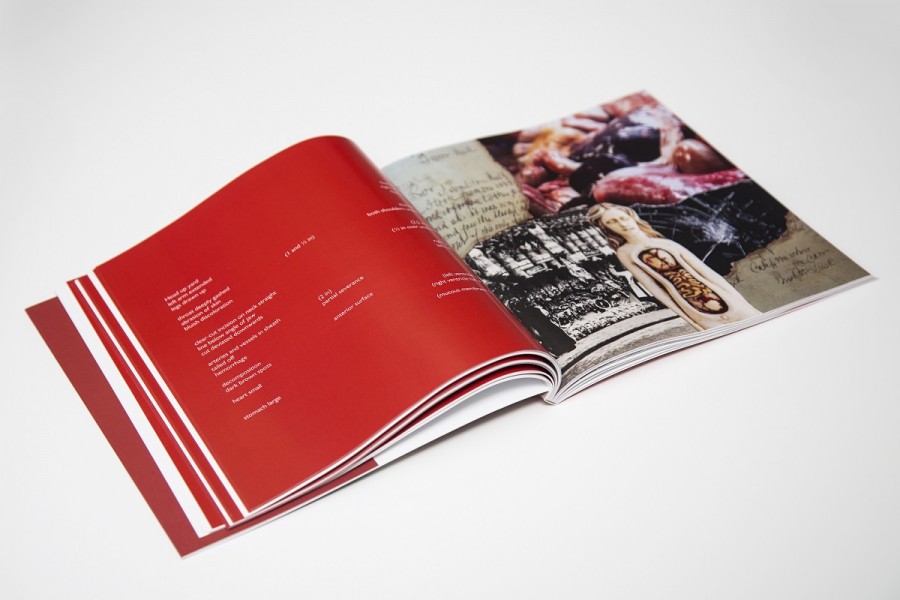
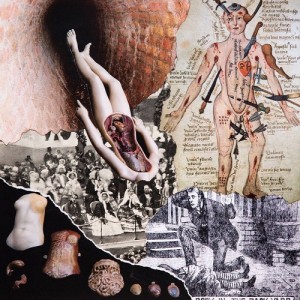 considered a normal format. The Void Ratio by Shane Levene and Karolina Urbaniak brought together photography and poetry to form a powerful picture of the life of mental destabilization matched to crippling drug addiction. Altered Balance by Jeremy Reed and Karolina Urbaniak delivered an unorthodox variation of a tribute to Coil, through the memoirs of Reed and the emotive monochrome photography of Urbaniak. The Rorschach Text by Martin Bladh showcased his brilliant use of collage in creating a narrative. Many of these elements have come together in DARKLEAKS – The Ripper Genome to form what I consider to be the best work yet by
considered a normal format. The Void Ratio by Shane Levene and Karolina Urbaniak brought together photography and poetry to form a powerful picture of the life of mental destabilization matched to crippling drug addiction. Altered Balance by Jeremy Reed and Karolina Urbaniak delivered an unorthodox variation of a tribute to Coil, through the memoirs of Reed and the emotive monochrome photography of Urbaniak. The Rorschach Text by Martin Bladh showcased his brilliant use of collage in creating a narrative. Many of these elements have come together in DARKLEAKS – The Ripper Genome to form what I consider to be the best work yet by  While Martin Bladh’s cuts are even more literal. Martin uses the scalpel to cut the pieces for his collages which at times bring the faces of two or three different men together, as if drawing them all into a set narrative. For me, the most frightening example of this was toward the end of the book where he combines Aleister Crowley, Anthony Hardy and the physician who was believed to be Jack the Ripper himself, adorning the right page. With the clippings from three articles detailing the works of these three men on its opposite. The combination is a fitting example of the way this entire book works. We are given snippets, flashbacks and narrated accounts of the thoughts and desires of so many different people throughout recent history, since the time of Jack the Ripper. This amalgamation of swirling narratives comes together to form a picture of this ‘ripper genome’, this hardwiring of the brain in some people which naturally inclines it toward these savage deeds.
While Martin Bladh’s cuts are even more literal. Martin uses the scalpel to cut the pieces for his collages which at times bring the faces of two or three different men together, as if drawing them all into a set narrative. For me, the most frightening example of this was toward the end of the book where he combines Aleister Crowley, Anthony Hardy and the physician who was believed to be Jack the Ripper himself, adorning the right page. With the clippings from three articles detailing the works of these three men on its opposite. The combination is a fitting example of the way this entire book works. We are given snippets, flashbacks and narrated accounts of the thoughts and desires of so many different people throughout recent history, since the time of Jack the Ripper. This amalgamation of swirling narratives comes together to form a picture of this ‘ripper genome’, this hardwiring of the brain in some people which naturally inclines it toward these savage deeds.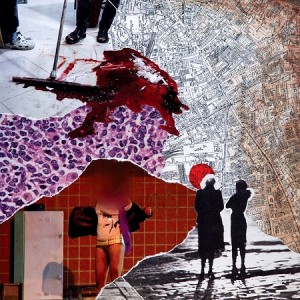 narratives and allegories to bring the reader stumbling toward an understanding of the whole theme. To add even more complexity, and often disorientation to the mix, Reed hops from prose to poetry and back again. Some tales from the view of our modern times, others taking place in the late 1800s – early 1900s.
narratives and allegories to bring the reader stumbling toward an understanding of the whole theme. To add even more complexity, and often disorientation to the mix, Reed hops from prose to poetry and back again. Some tales from the view of our modern times, others taking place in the late 1800s – early 1900s.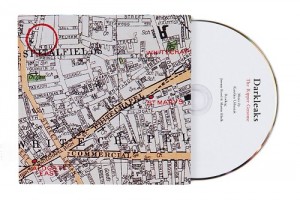 IRM and Skin Area, takes on one of his more chilling vocal styles reading several of his notes written by the killers. While Reed recites some of the more poetic clips from his works. With the disc being full of spoken-word elements it should be looked at as its own individual addition to the set, not as a background listen when reading. Each track helps color the stories in even more detail, bringing each segment to life in a totally different format from the written words and collages.
IRM and Skin Area, takes on one of his more chilling vocal styles reading several of his notes written by the killers. While Reed recites some of the more poetic clips from his works. With the disc being full of spoken-word elements it should be looked at as its own individual addition to the set, not as a background listen when reading. Each track helps color the stories in even more detail, bringing each segment to life in a totally different format from the written words and collages.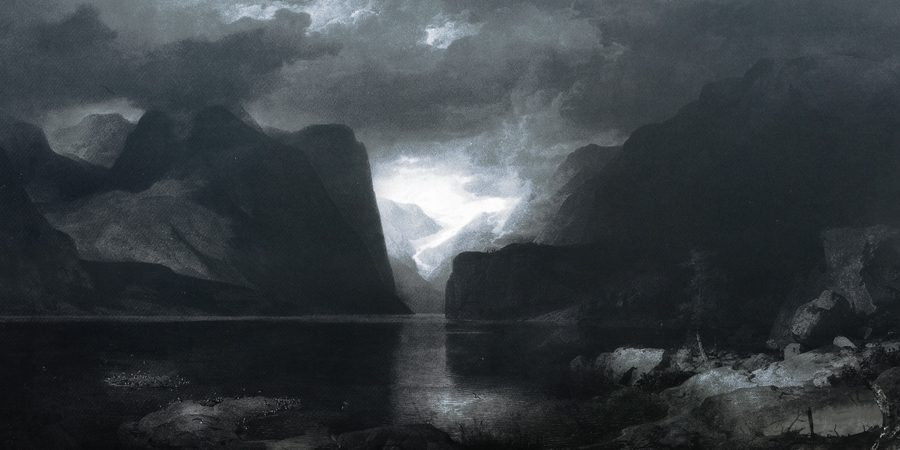
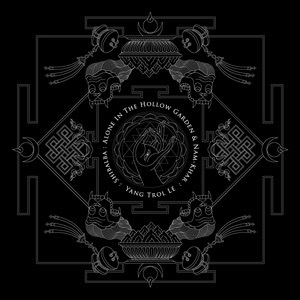
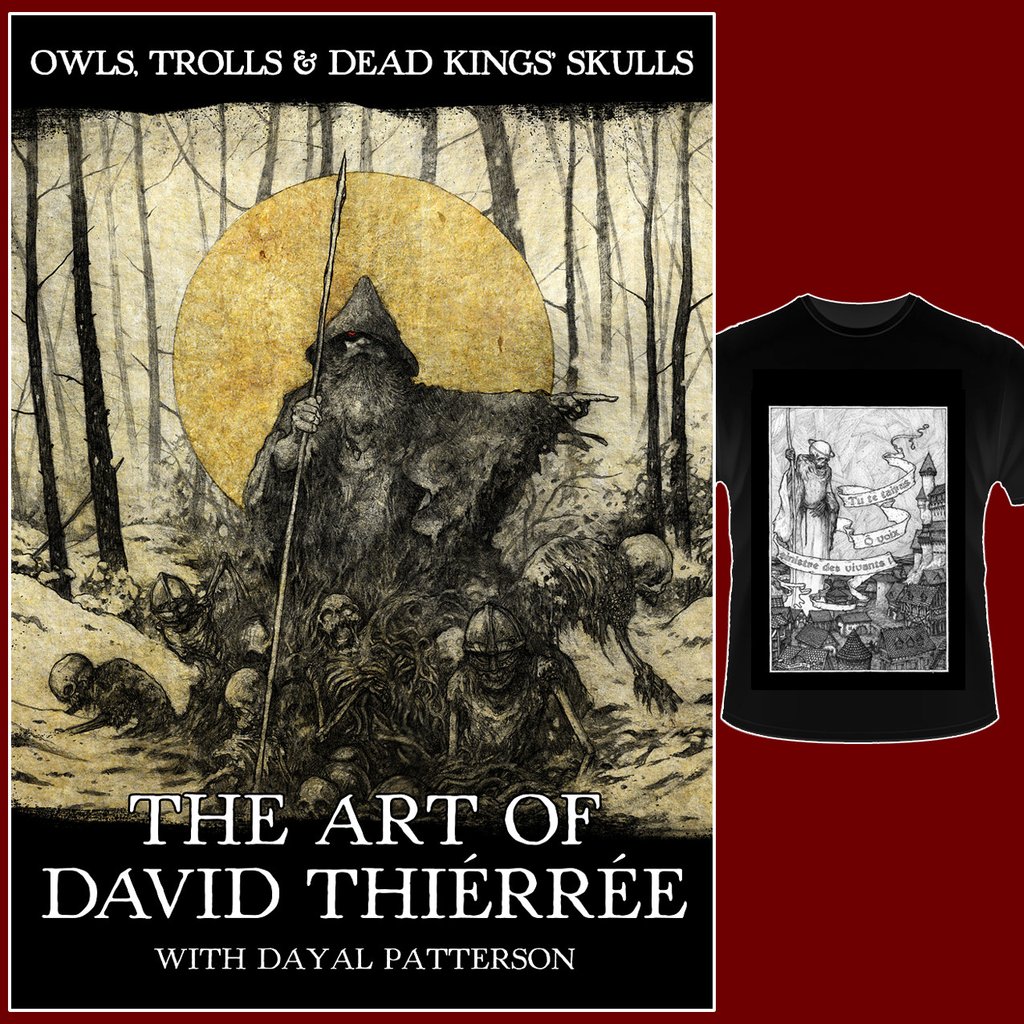
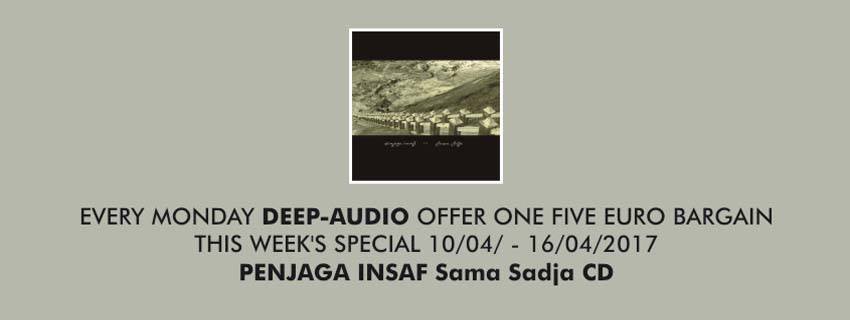
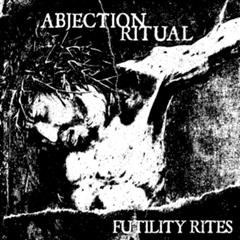
 are used to hearing an intricate and disturbing blend of decrepit industrial noises coming from the deep recesses and forgotten districts of his city. Richardson is known for incorporating field recordings, collected from just such places. So it wasn’t a stretch for him to branch out into the dark ambient genre for the self-titled Atrox Pestis album.
are used to hearing an intricate and disturbing blend of decrepit industrial noises coming from the deep recesses and forgotten districts of his city. Richardson is known for incorporating field recordings, collected from just such places. So it wasn’t a stretch for him to branch out into the dark ambient genre for the self-titled Atrox Pestis album.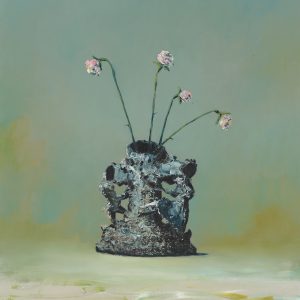 signs of memory loss. It is bright and generally has a positive vibe. It is sort of a throwback to the heyday of the “patient”. It is a window into the fond memories and high points in life.
signs of memory loss. It is bright and generally has a positive vibe. It is sort of a throwback to the heyday of the “patient”. It is a window into the fond memories and high points in life.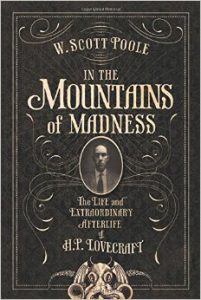 as his flaws. Then, he gives an informed overview of the legacy of the man, through all the adaptations of his works into various entertainment media. So, in these roughly 300 pages, there is a great deal of important information for readers new to the life and writings of Lovecraft. Yet, there is also some much needed criticism of the years worth of analyses of Lovecraft as a person, giving well-read fans plenty of new information to analyze.
as his flaws. Then, he gives an informed overview of the legacy of the man, through all the adaptations of his works into various entertainment media. So, in these roughly 300 pages, there is a great deal of important information for readers new to the life and writings of Lovecraft. Yet, there is also some much needed criticism of the years worth of analyses of Lovecraft as a person, giving well-read fans plenty of new information to analyze.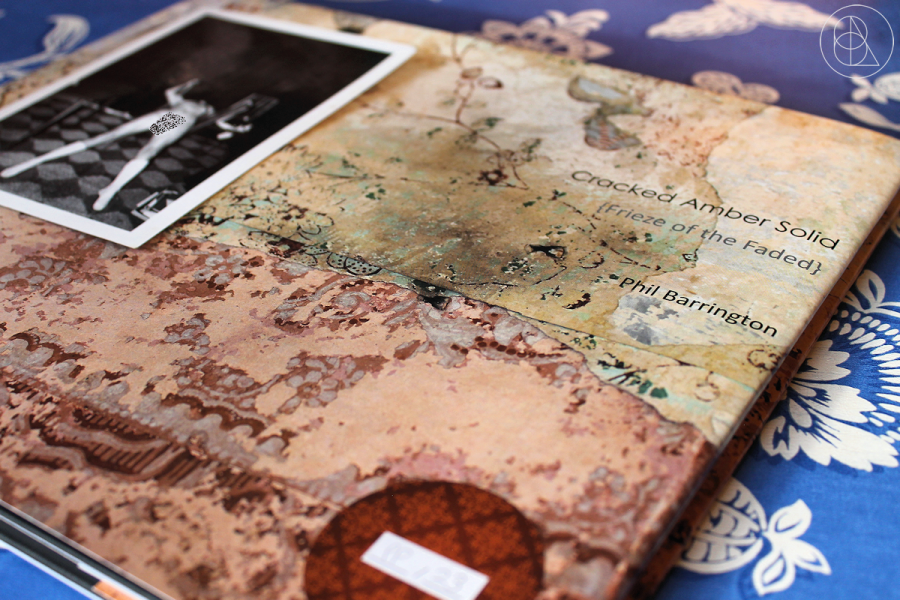
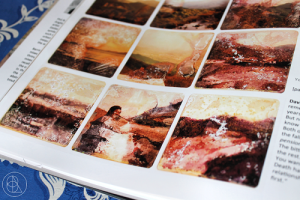 Cracked Amber Solid {Frieze of the Faded} is the third book by Phil Barrington. In this art book, we see the faded and corrupted memories and ghosts of lives once lost. Over the better part of three decades, these photographs were collected by the author. After the revelation of this project, he left these photos outside for three whole years. Over this time the photographs were often distorted beyond recognition. Those which are still perfectly clear at least have a fade and filth of antiquity.
Cracked Amber Solid {Frieze of the Faded} is the third book by Phil Barrington. In this art book, we see the faded and corrupted memories and ghosts of lives once lost. Over the better part of three decades, these photographs were collected by the author. After the revelation of this project, he left these photos outside for three whole years. Over this time the photographs were often distorted beyond recognition. Those which are still perfectly clear at least have a fade and filth of antiquity.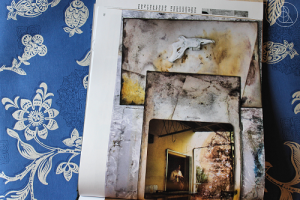 Barrington thanks, among others, The Caretaker in the beginning of the book. I found this immediately interesting, as one who lives for music. Not sure if this was The Caretaker musical project of Leyland Kirby, I allowed it to remain an open question as I proceeded. Moving through the book, it became abundantly clear that this was the musician in question. The use of repetitions and thoughts which fragment and distort immediately reminds of a written companion to the aural style of The Caretaker.
Barrington thanks, among others, The Caretaker in the beginning of the book. I found this immediately interesting, as one who lives for music. Not sure if this was The Caretaker musical project of Leyland Kirby, I allowed it to remain an open question as I proceeded. Moving through the book, it became abundantly clear that this was the musician in question. The use of repetitions and thoughts which fragment and distort immediately reminds of a written companion to the aural style of The Caretaker.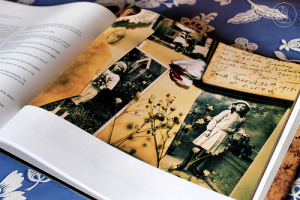 In a second comparison to The Caretaker, Barrington has used collected fragments of history, which come together as a whole. In his collages of photographs and text, he paints a vivid and altogether original picture. This is quite similar to the process Leyland Kirby uses when creating his albums, by digging through the old forgotten belongings of the deceased, finding antique records to use for his modern musical project.
In a second comparison to The Caretaker, Barrington has used collected fragments of history, which come together as a whole. In his collages of photographs and text, he paints a vivid and altogether original picture. This is quite similar to the process Leyland Kirby uses when creating his albums, by digging through the old forgotten belongings of the deceased, finding antique records to use for his modern musical project.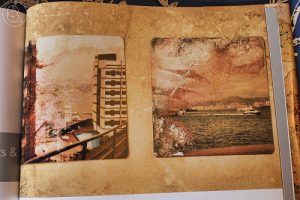 As a whole, Cracked Amber Solid is a depressing piece of work. One can’t help but reminiscing back to times in their own lives, or the lives of their loved ones, when parallel circumstances presented themselves. Barrington uses this mechanic masterfully. He is able to take these disjointed and seemingly random sets of photographs and text, and bring them all together to form a powerfully moving work of art. The images themselves are quite thought provoking, if often filled with extremely vivid sexual themes. Reading this book and absorbing its imagery was certainly time well spent. As a person who is often prone to boredom when reading the works of many authors, this was never the case. Barrington has certainly showcased his talents well here. This could be an easily recommended read for anyone with a darker sense of imagination and a love for unorthodox forms of art.
As a whole, Cracked Amber Solid is a depressing piece of work. One can’t help but reminiscing back to times in their own lives, or the lives of their loved ones, when parallel circumstances presented themselves. Barrington uses this mechanic masterfully. He is able to take these disjointed and seemingly random sets of photographs and text, and bring them all together to form a powerfully moving work of art. The images themselves are quite thought provoking, if often filled with extremely vivid sexual themes. Reading this book and absorbing its imagery was certainly time well spent. As a person who is often prone to boredom when reading the works of many authors, this was never the case. Barrington has certainly showcased his talents well here. This could be an easily recommended read for anyone with a darker sense of imagination and a love for unorthodox forms of art.